The Vespa scooter, an icon of Italian style and design, has long been more than just a mode of transportation. It’s a symbol of freedom, elegance, and a lifestyle embraced worldwide. From its inception to its rise as a cultural icon, the Vespa has been immortalized in vintage advertisements and through its association with numerous celebrities. This blog post will explore the history of Vespa, its presence in vintage advertising, and its allure among famous personalities.
The Birth of Vespa: A Post-War Phenomenon
The Vespa, which means ‘wasp’ in Italian, was born out of the necessity for affordable and efficient transportation in post-World War II Italy. In 1946, Enrico Piaggio, the head of the Piaggio Company, commissioned aeronautical engineer Corradino D’Ascanio to design a simple, durable, and affordable vehicle. The result was the first Vespa model, the Vespa 98, which featured a unique front shield and a distinctive design that set it apart from traditional motorcycles.
The Golden Age of Vespa Advertising
Vintage advertisements played a crucial role in Vespa’s rise to fame. These ads were not just promotional materials; they were artistic expressions that captured the spirit of the times. The ads often featured vibrant colors, stylish fonts, and imagery that evoked a sense of freedom and sophistication. They effectively communicated Vespa’s brand values: style, comfort, and accessibility.
Vespa and the Silver Screen: A Match Made in Heaven
The Vespa’s charm soon caught the attention of the film industry, leading to its iconic status. Classic films like “Roman Holiday” (1953), where Audrey Hepburn and Gregory Peck glided through the streets of Rome on a Vespa, cemented the scooter’s image as a symbol of romance, adventure, and style. This association with cinema played a pivotal role in popularizing Vespa on an international scale.
The Vespa became a favorite among celebrities, adding to its glamour and appeal. Famous personalities from all spheres – actors, musicians, artists – were often seen riding or posing with their Vespas. These images contributed to the Vespa’s image as a chic and fashionable choice, transcending its utilitarian origins to become a statement of style and personality.
Over the years, the Vespa evolved in design and technology, while retaining its distinctive aesthetic. From the classic Vespa 98 to the more modern PX series, each model carried its legacy forward, integrating new features while preserving the charm that made Vespas so beloved.


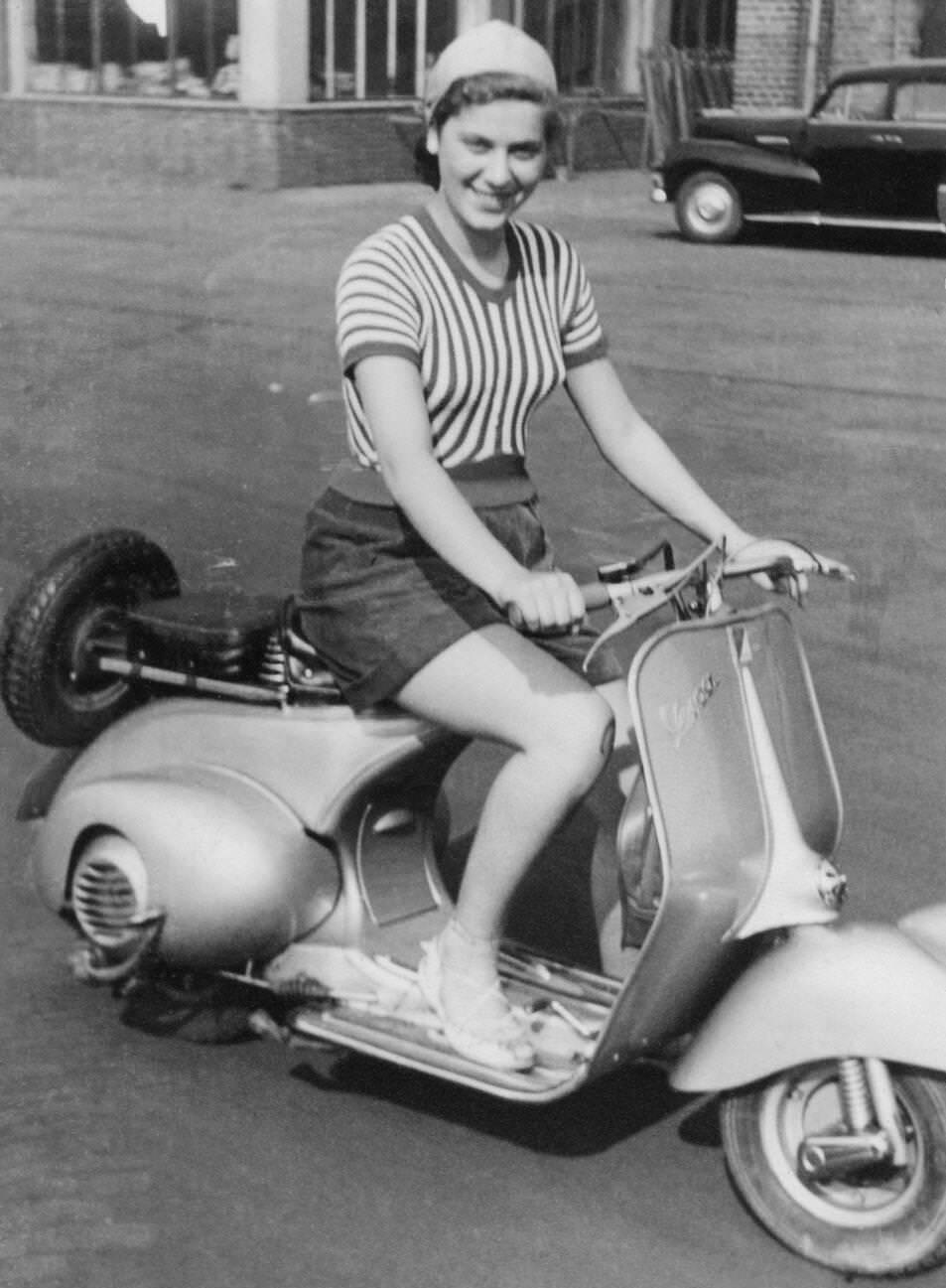
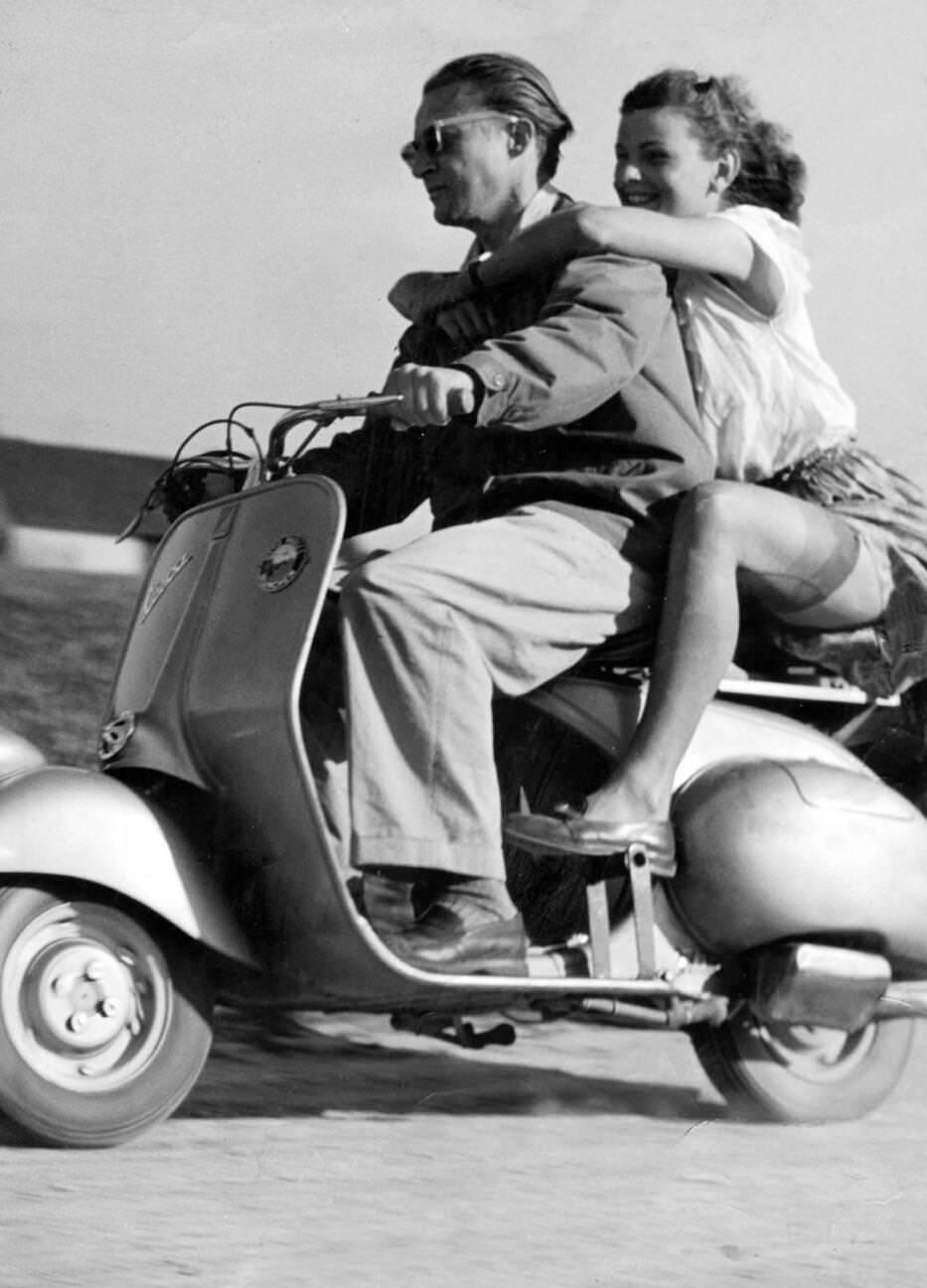
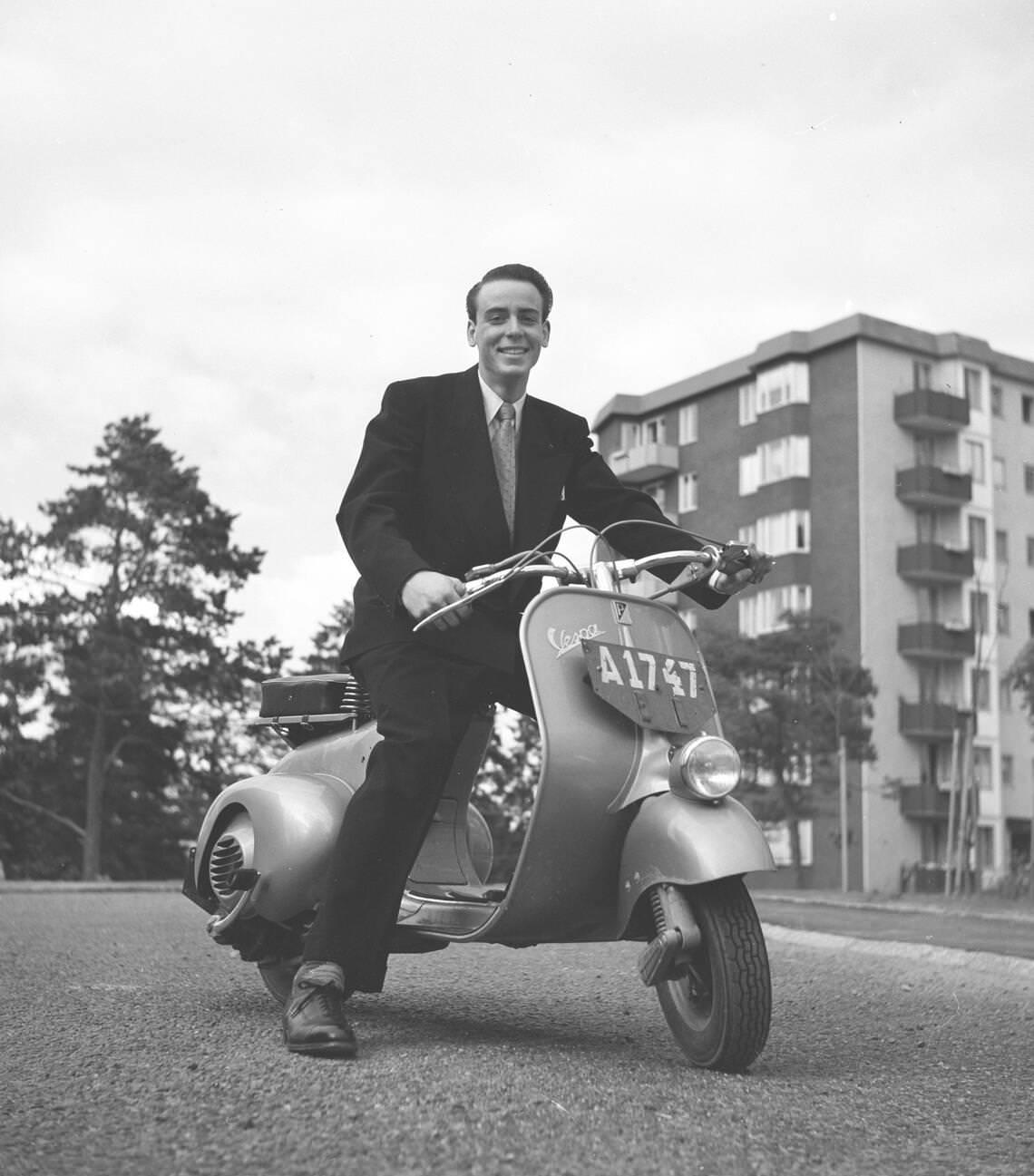
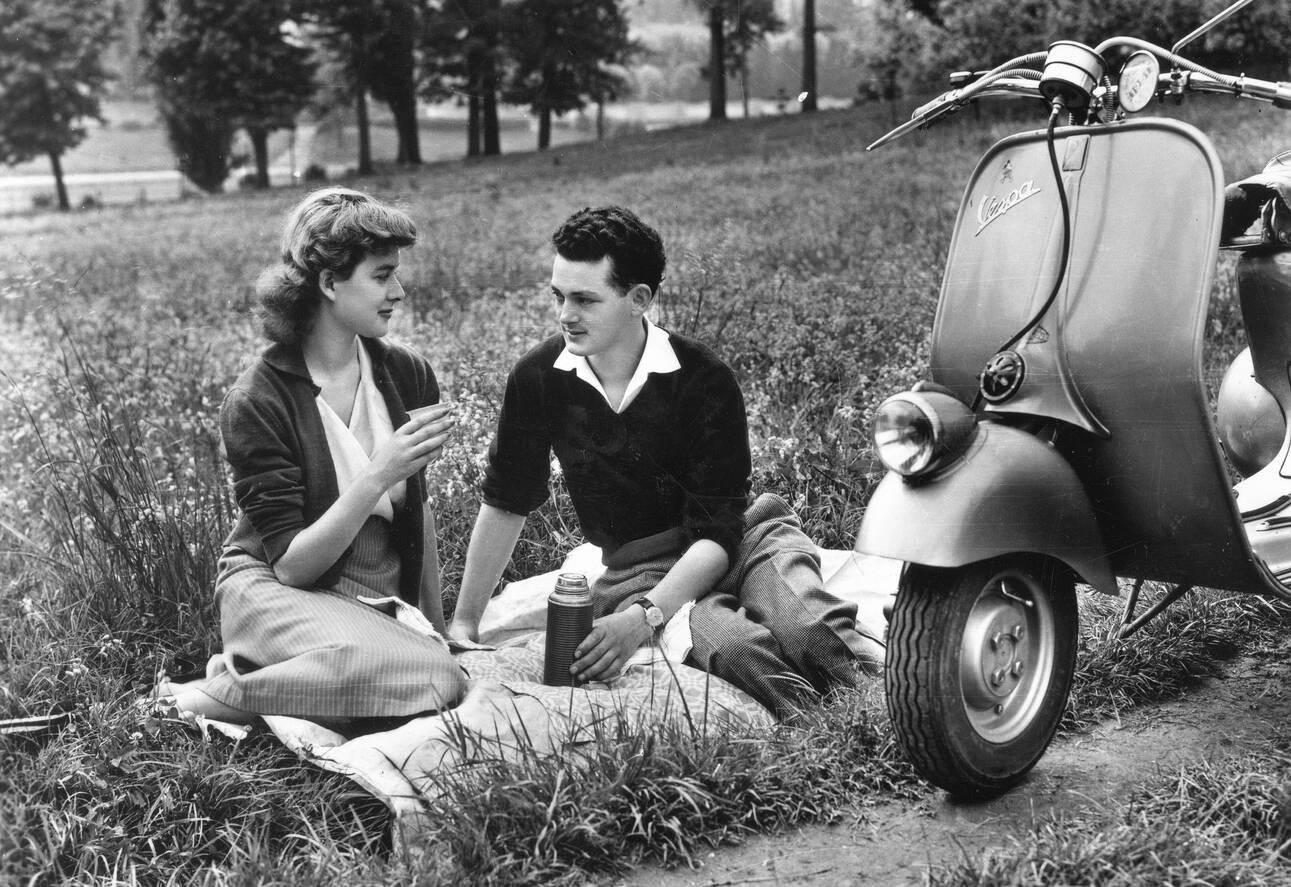
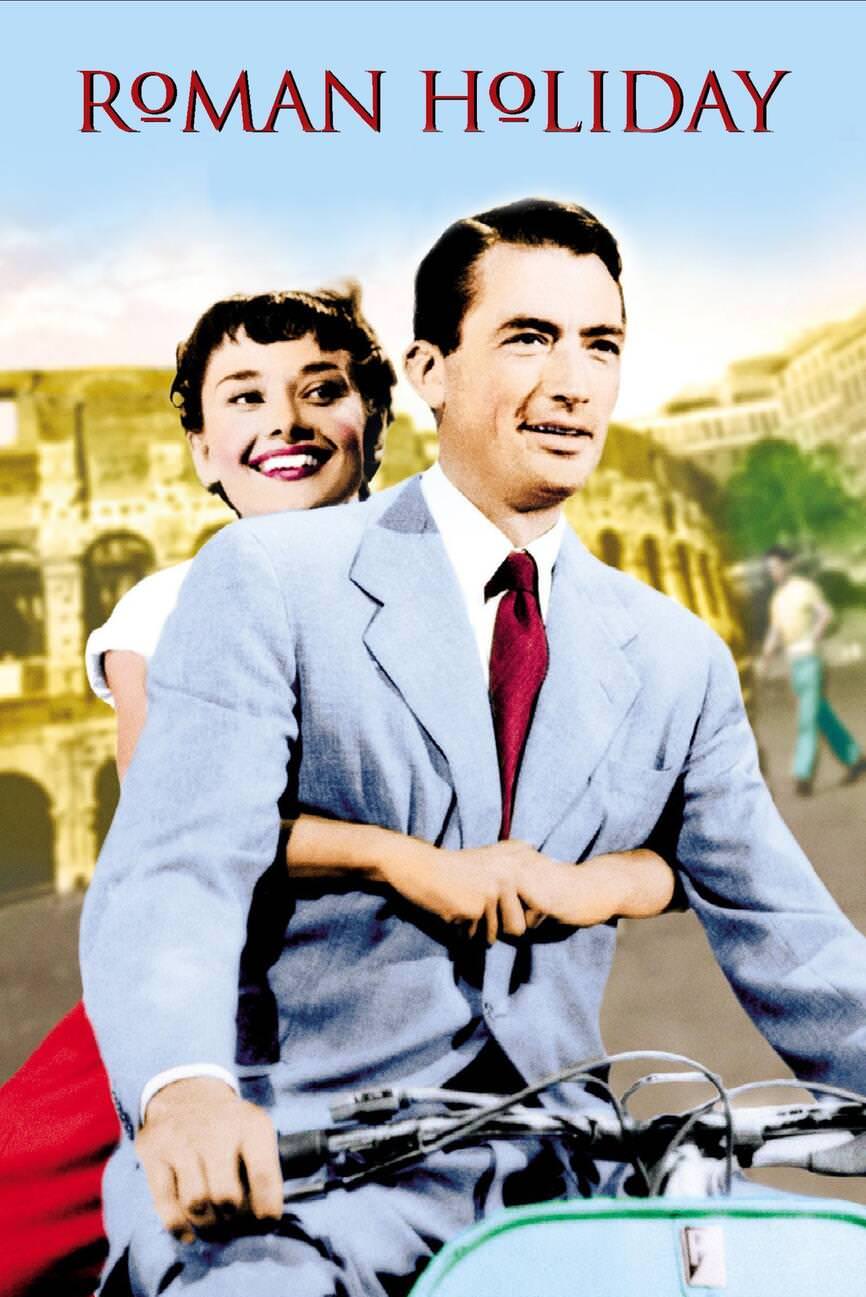
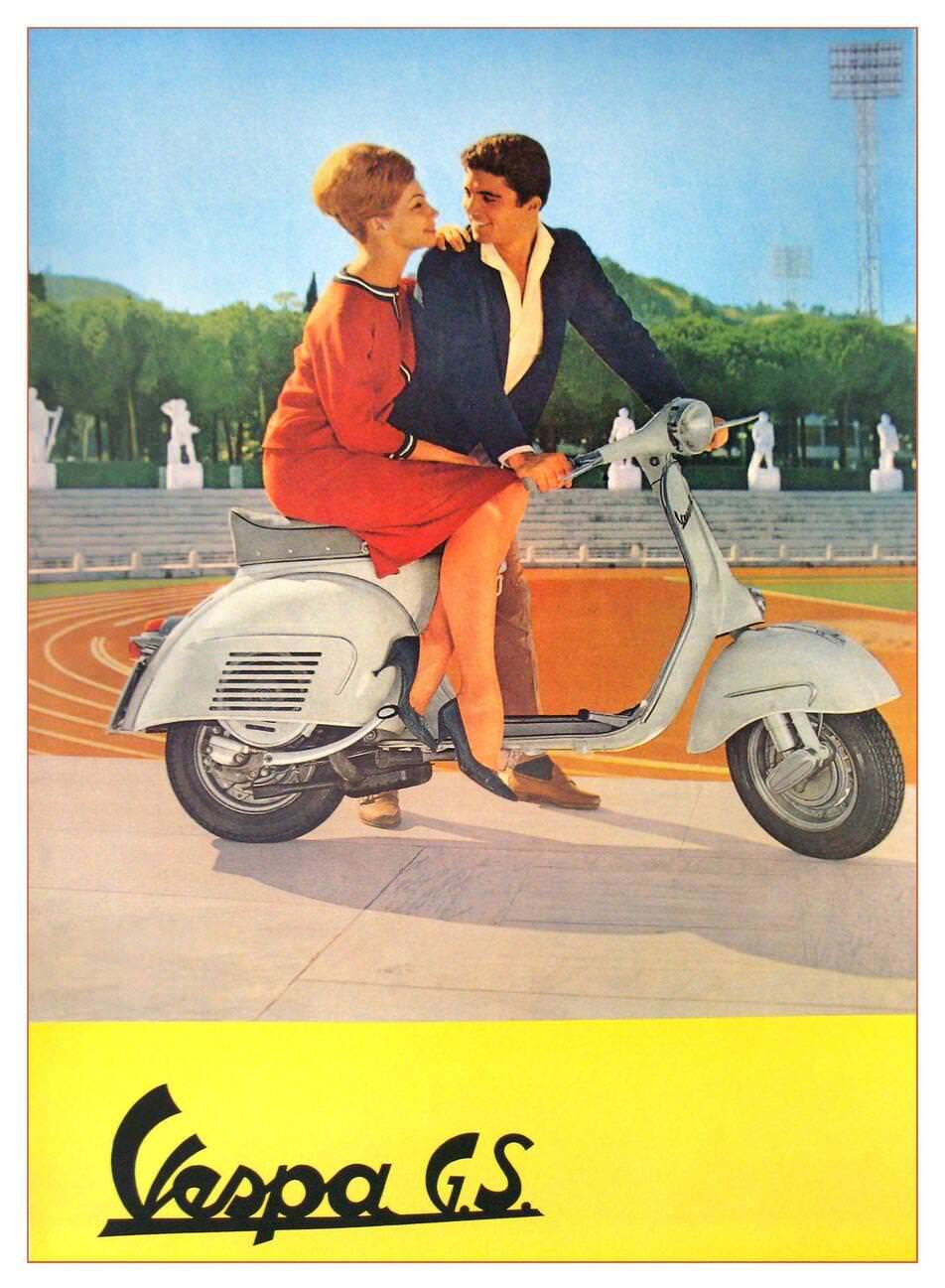
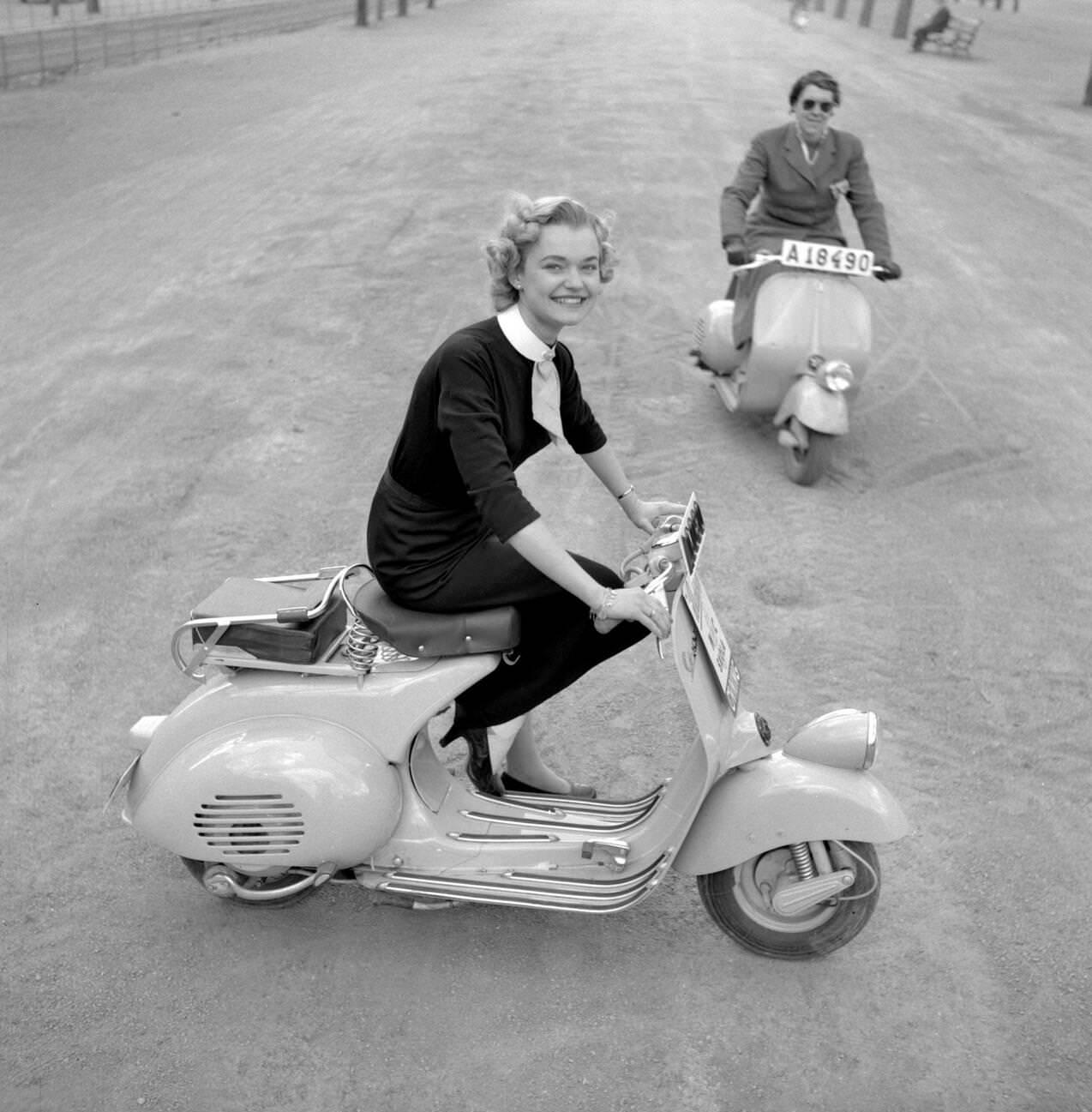
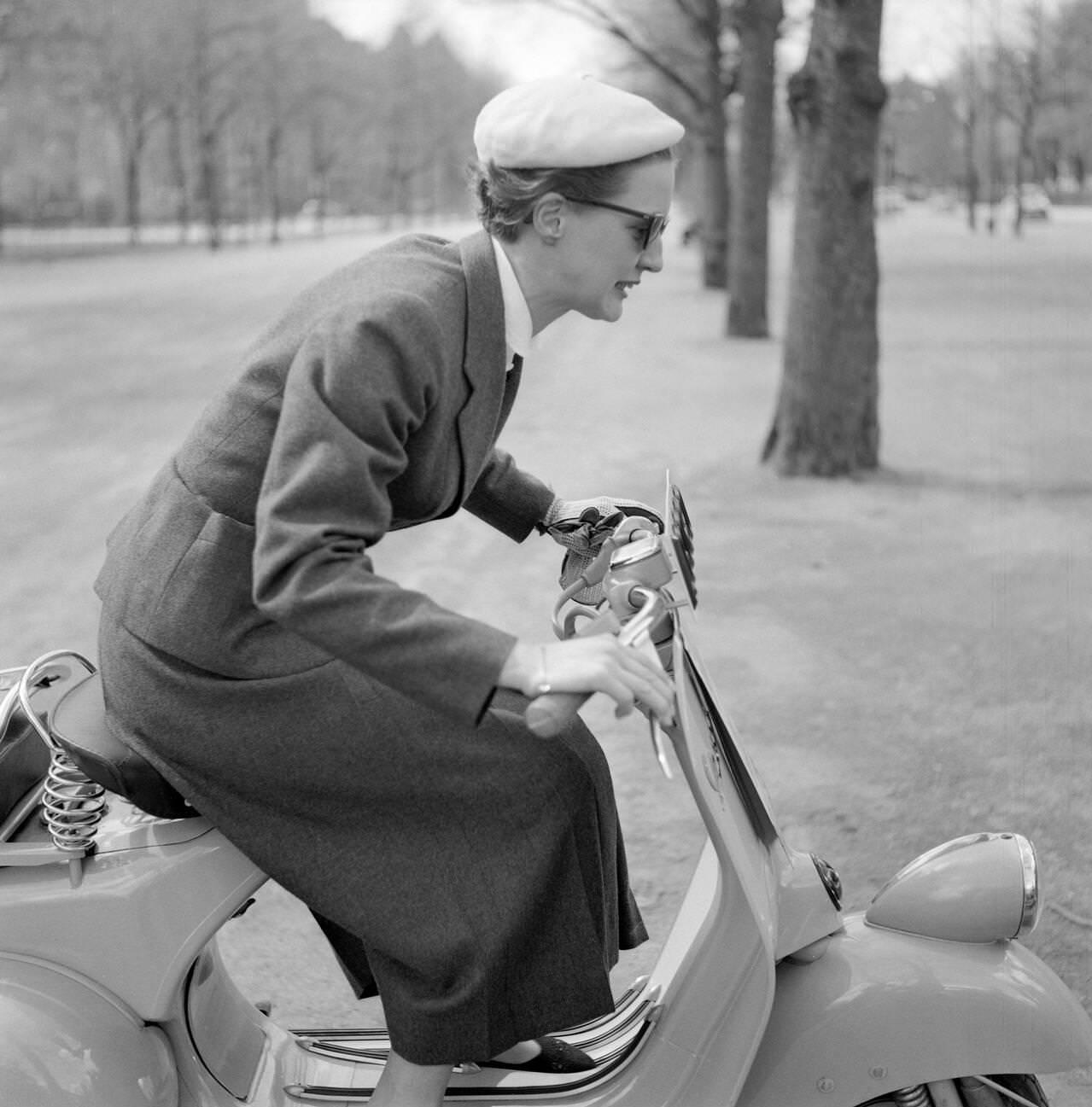
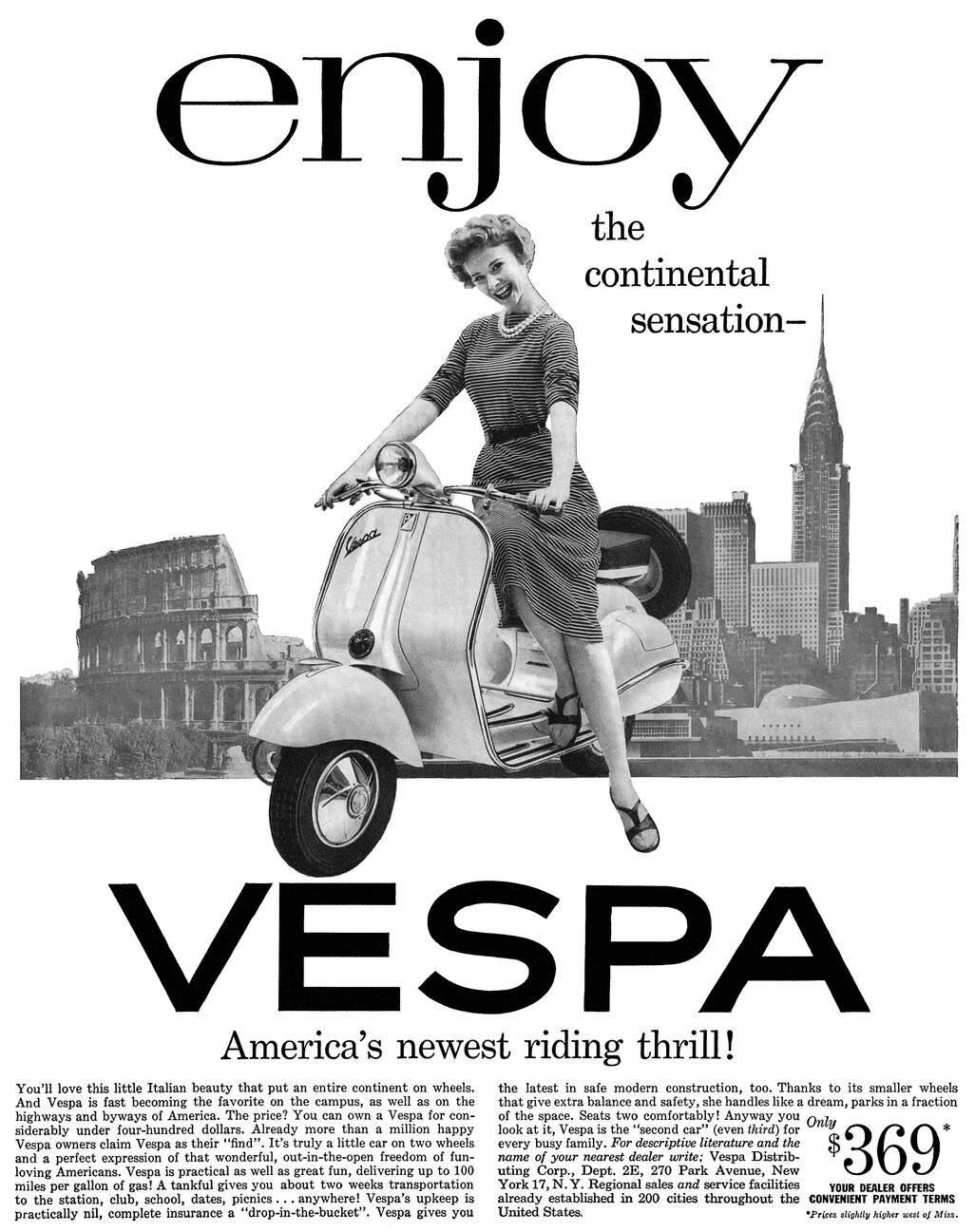
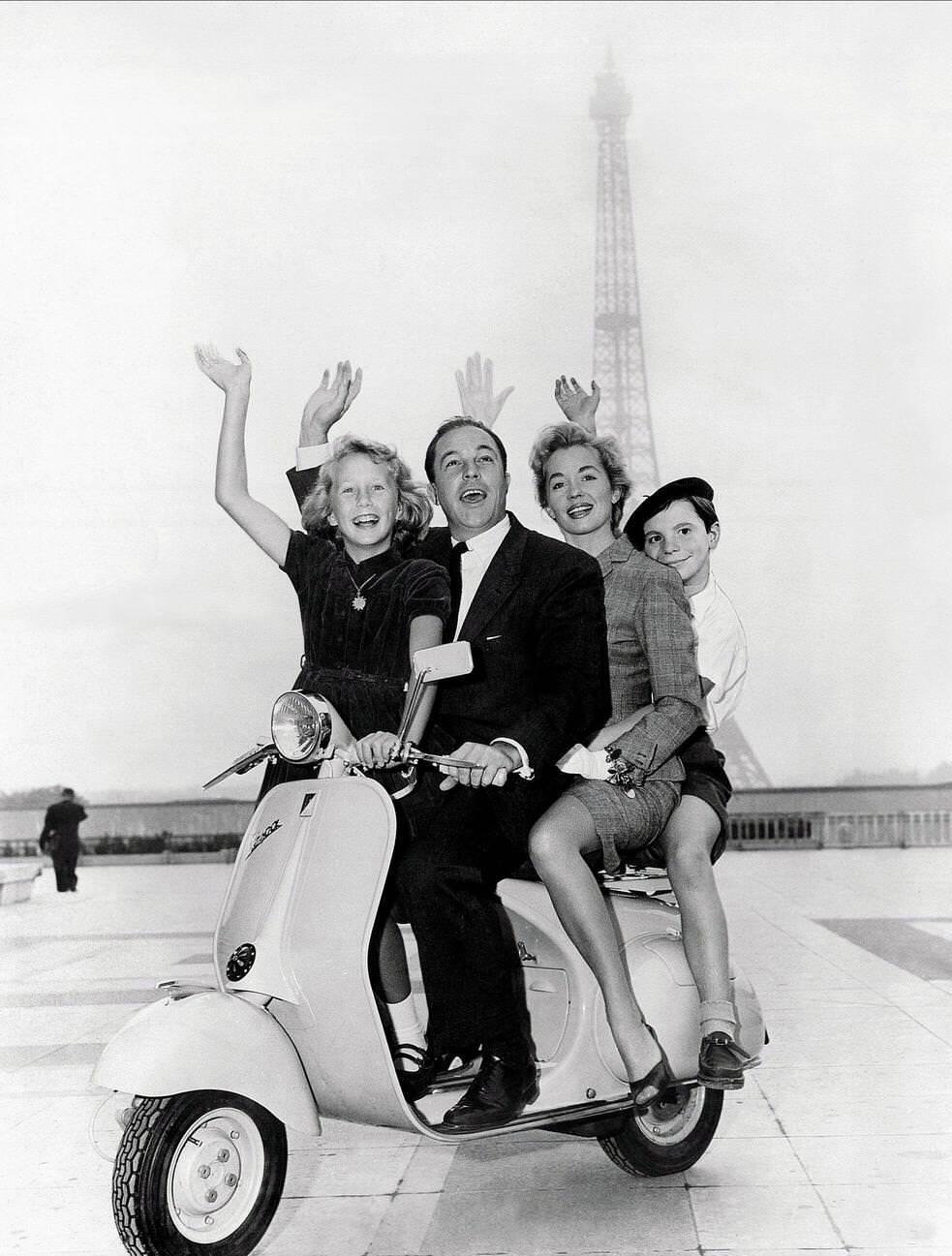

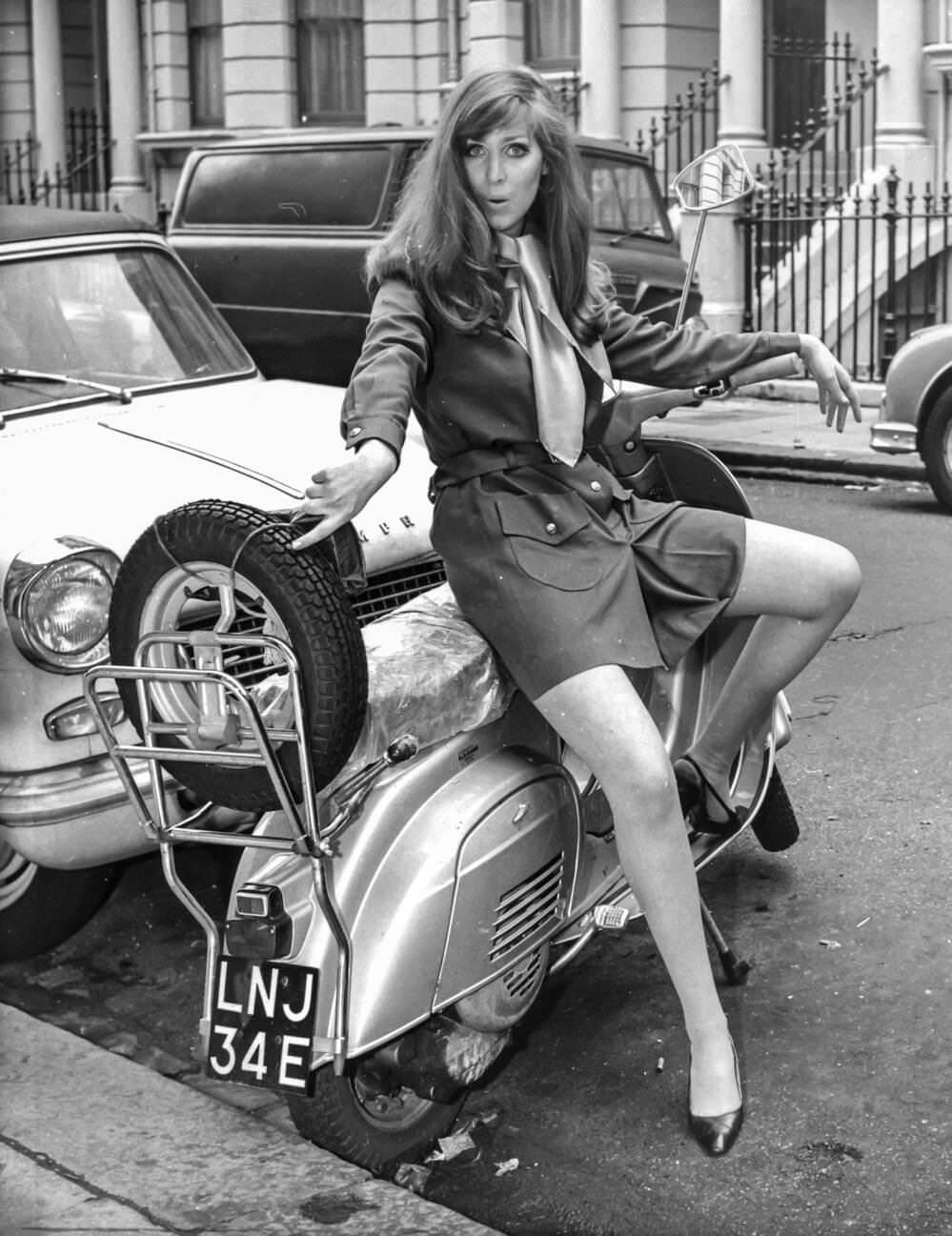

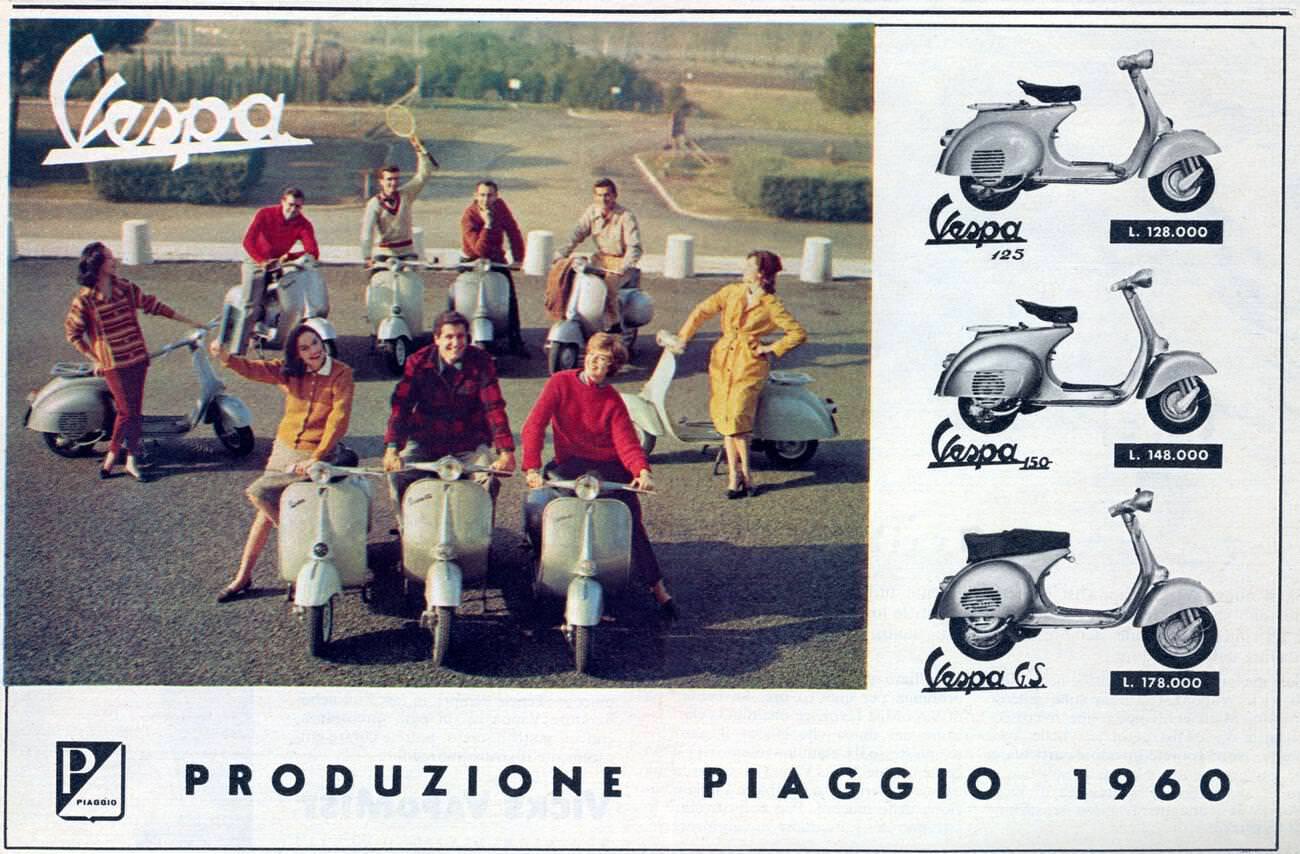
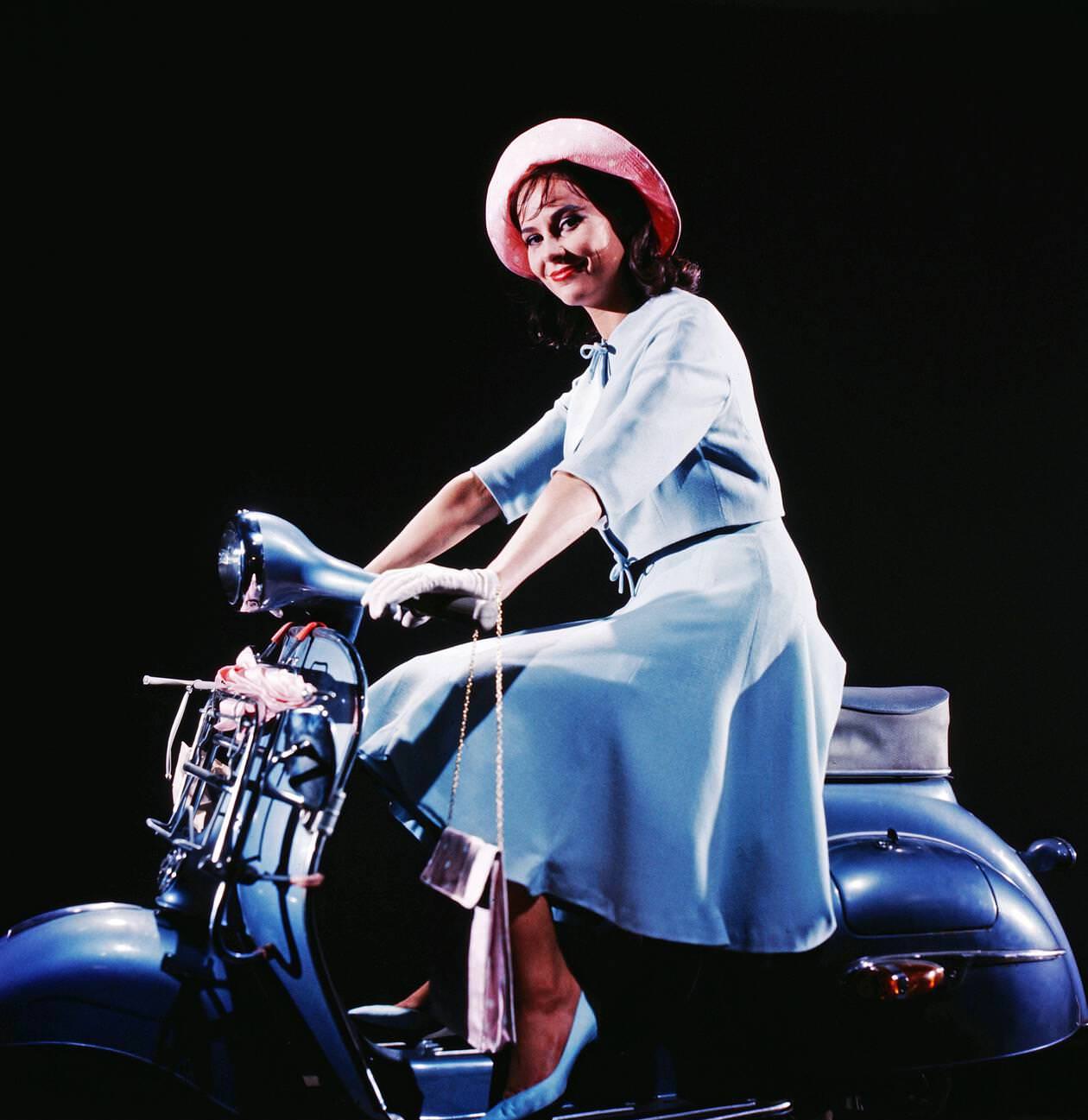
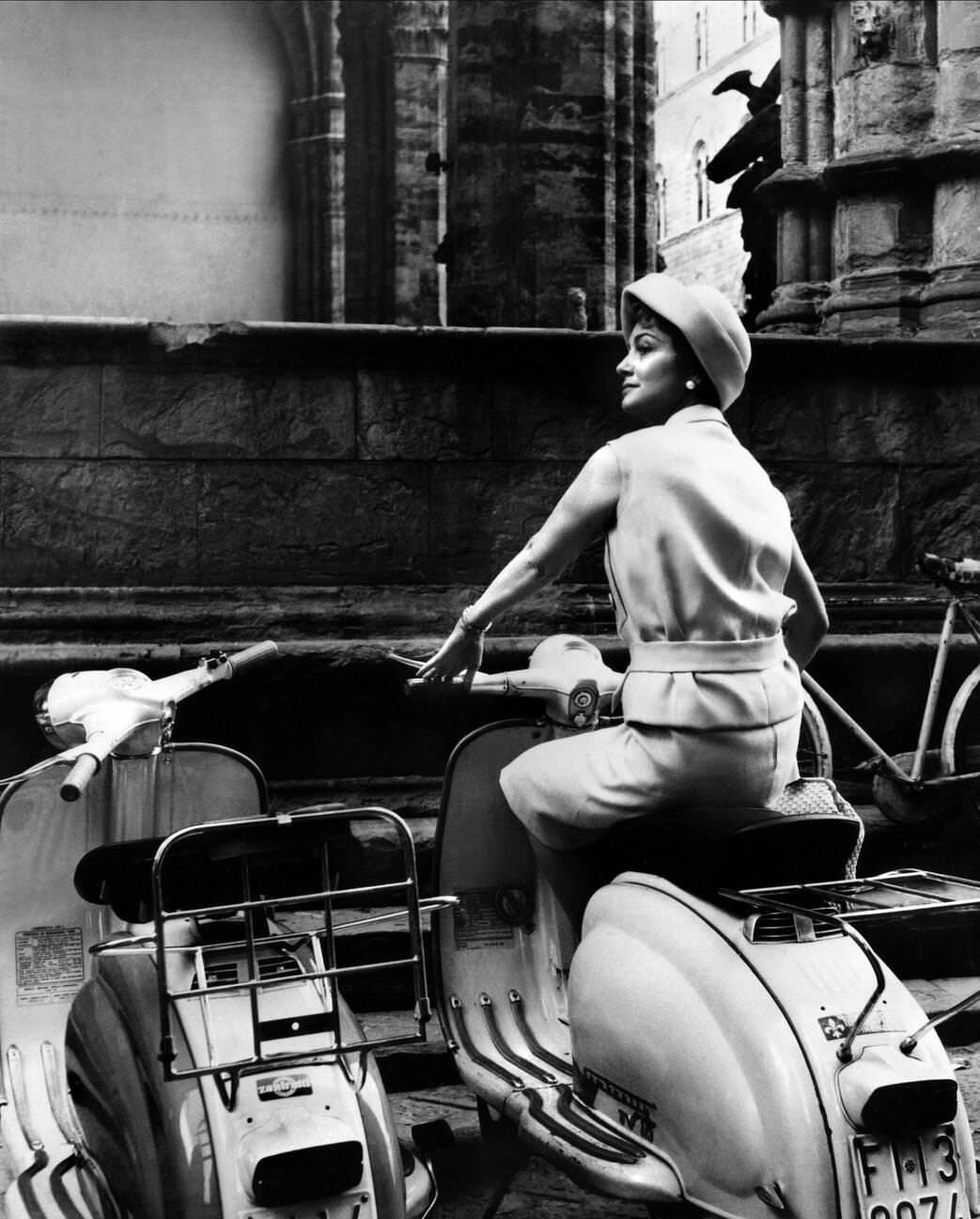
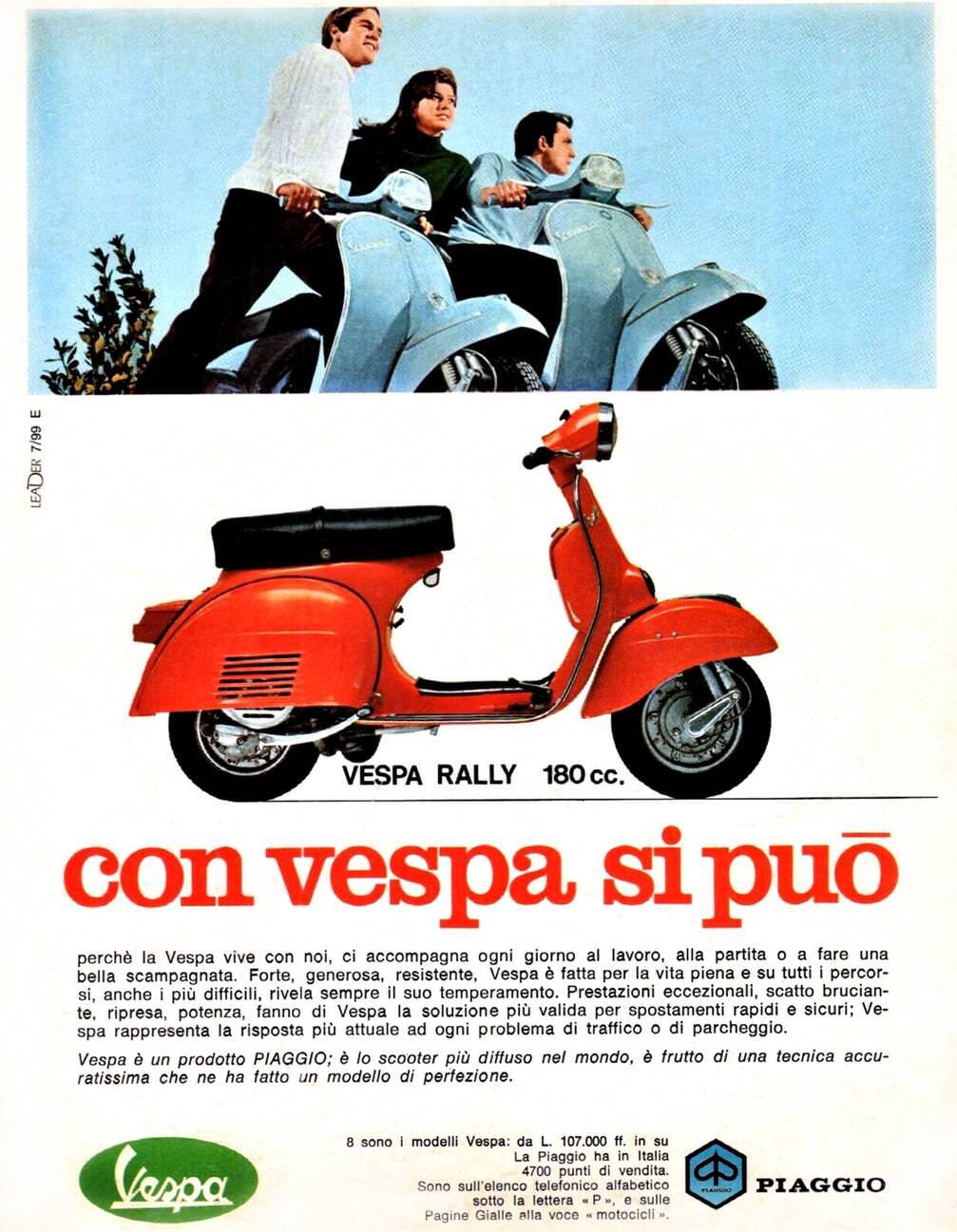
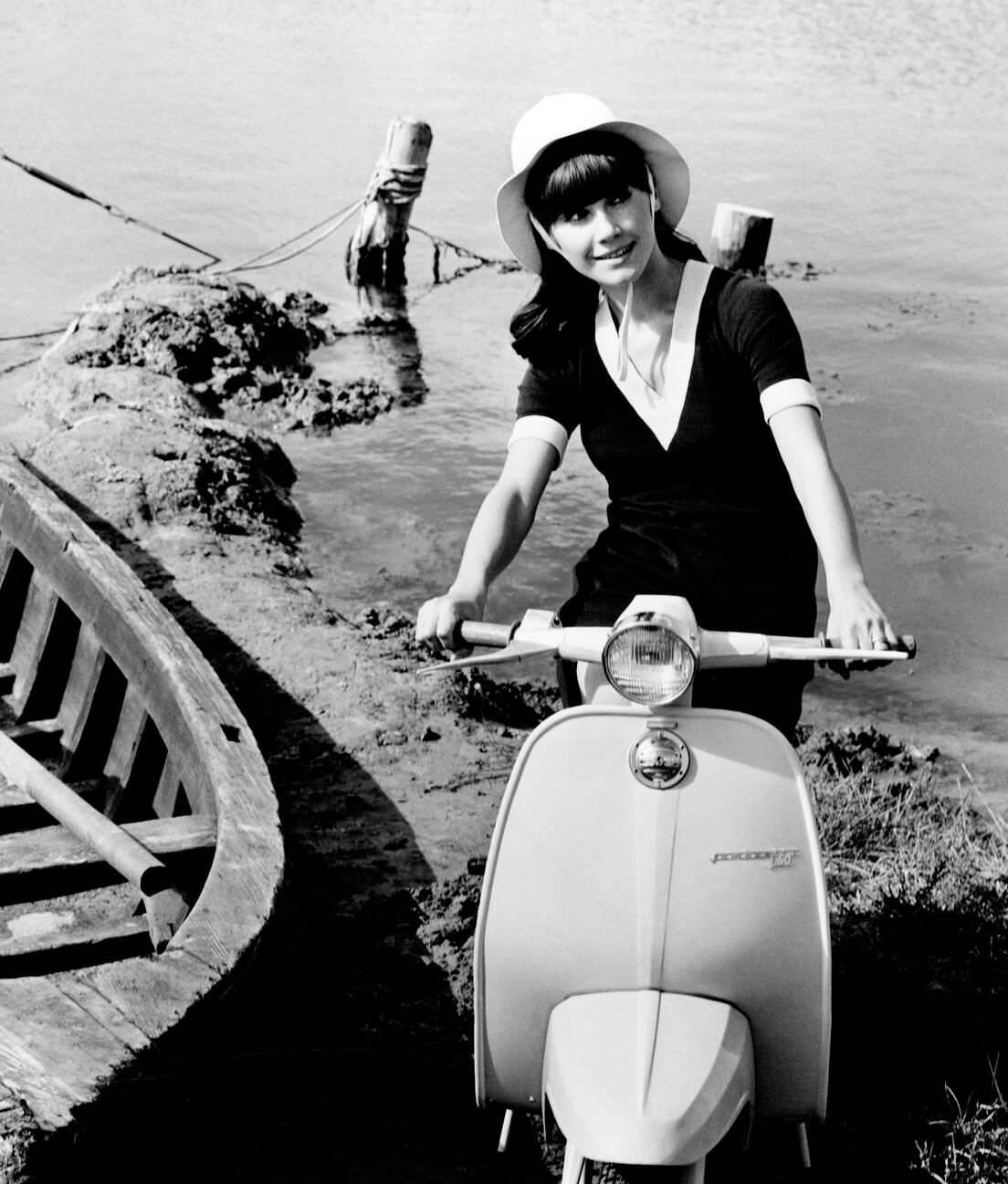
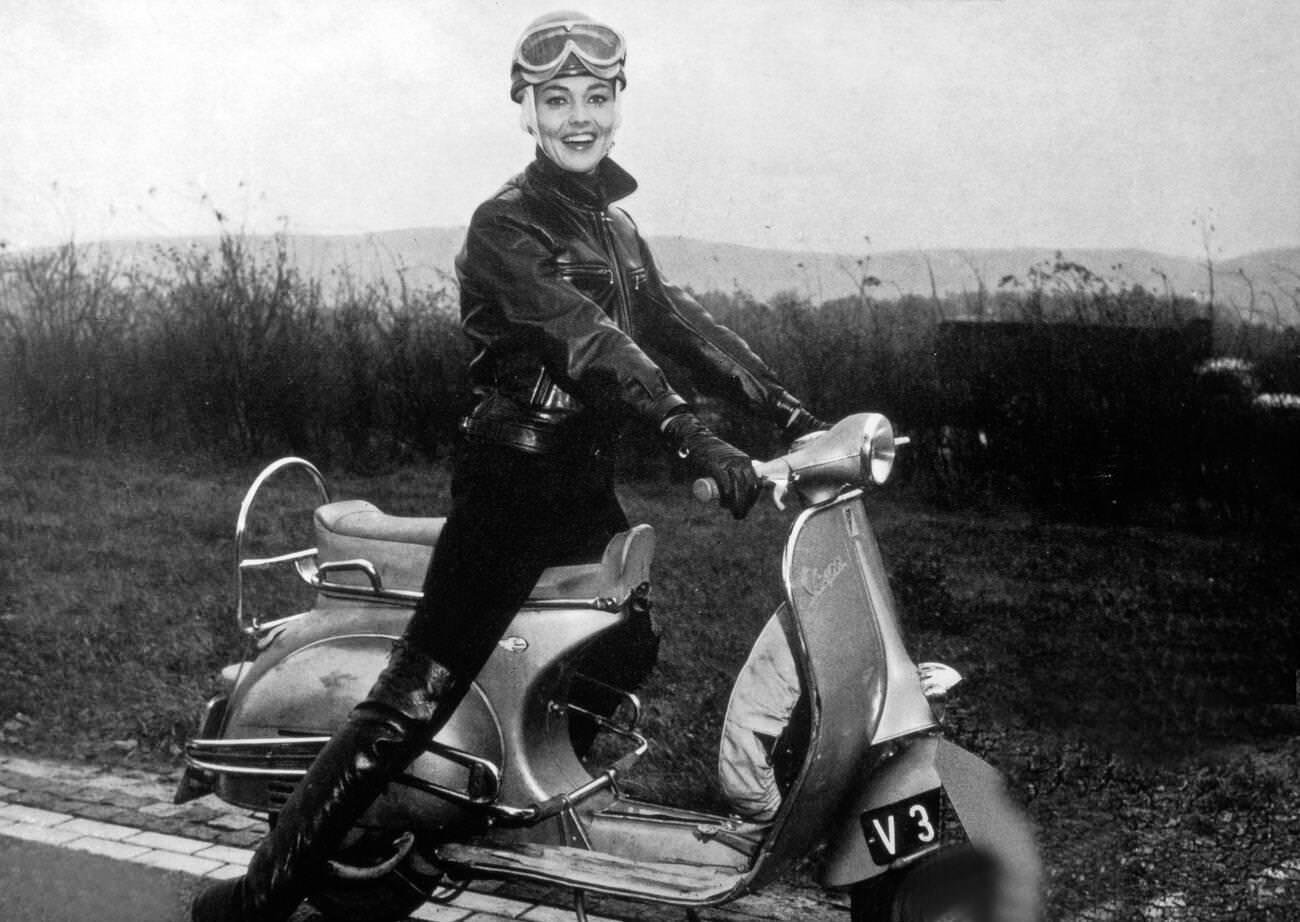
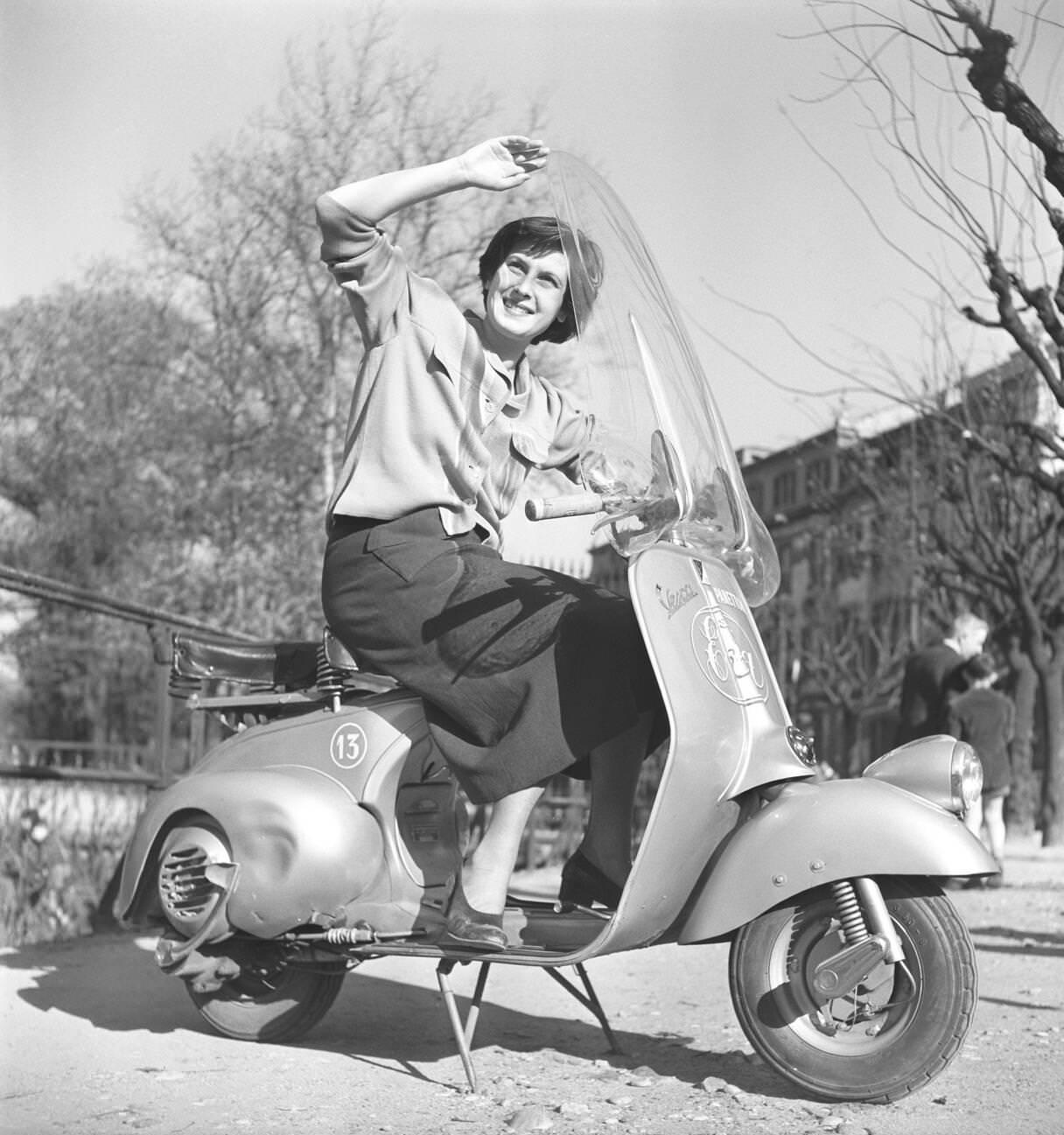
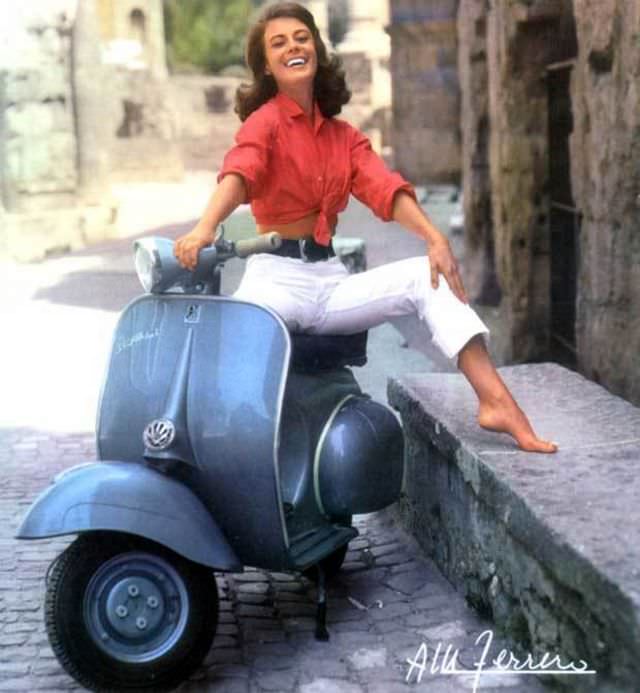
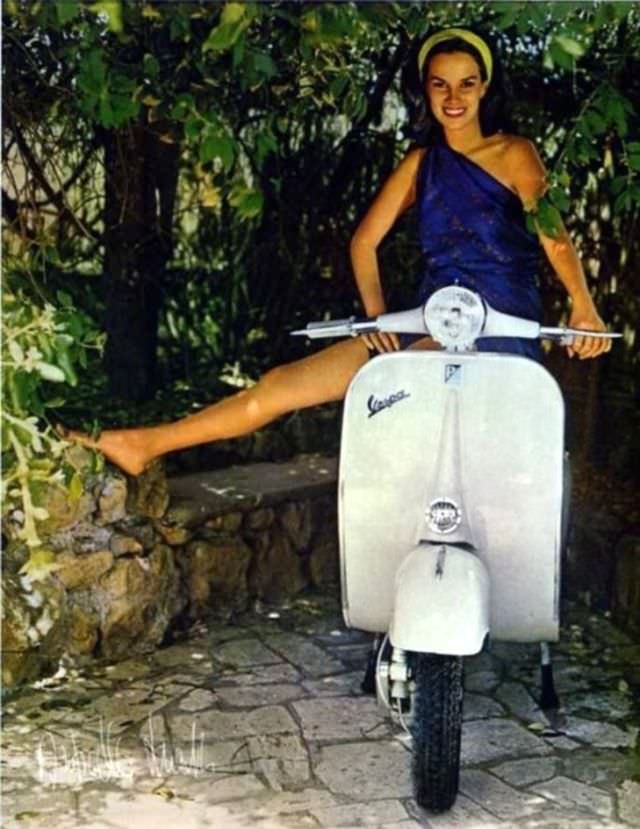


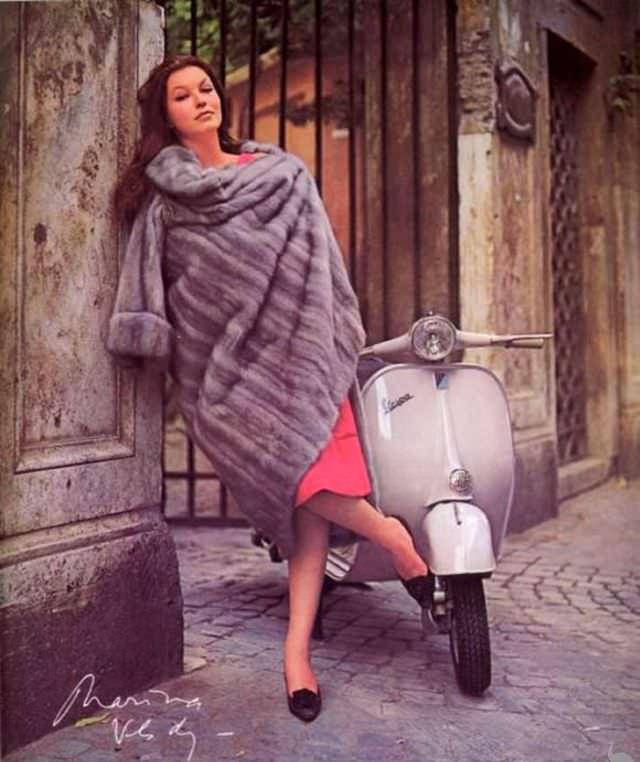
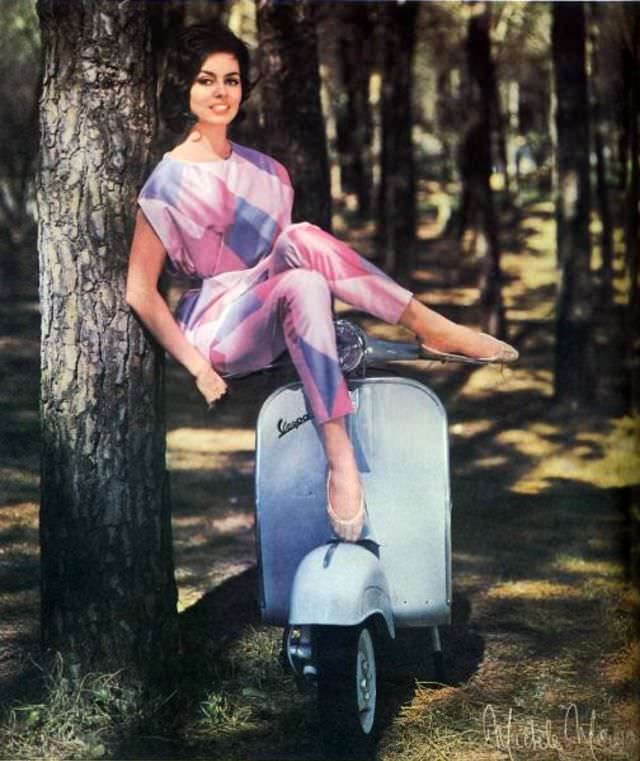
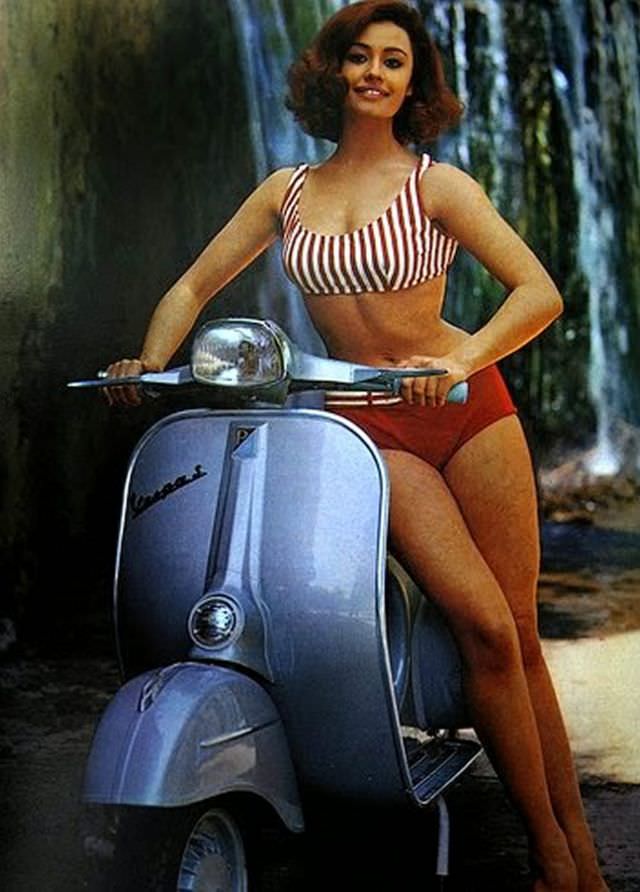
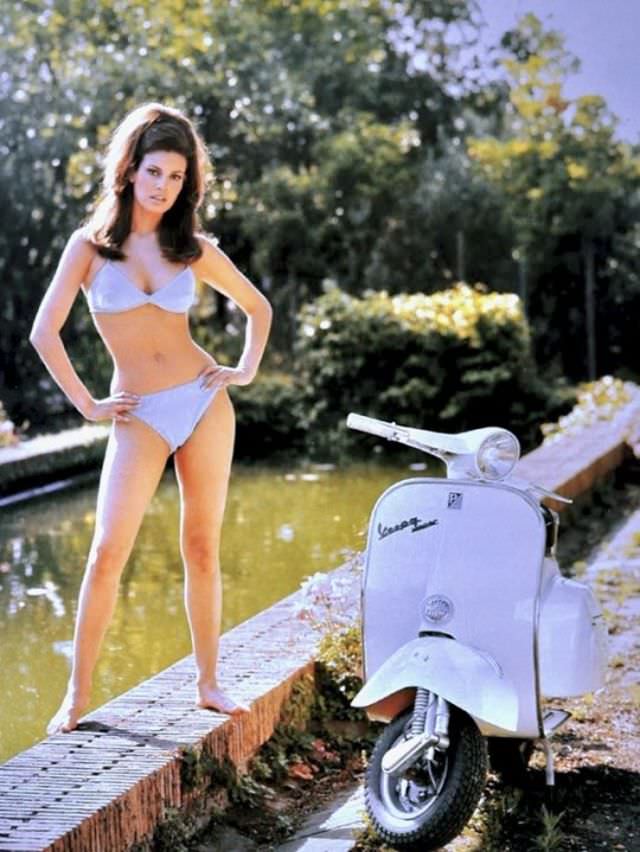
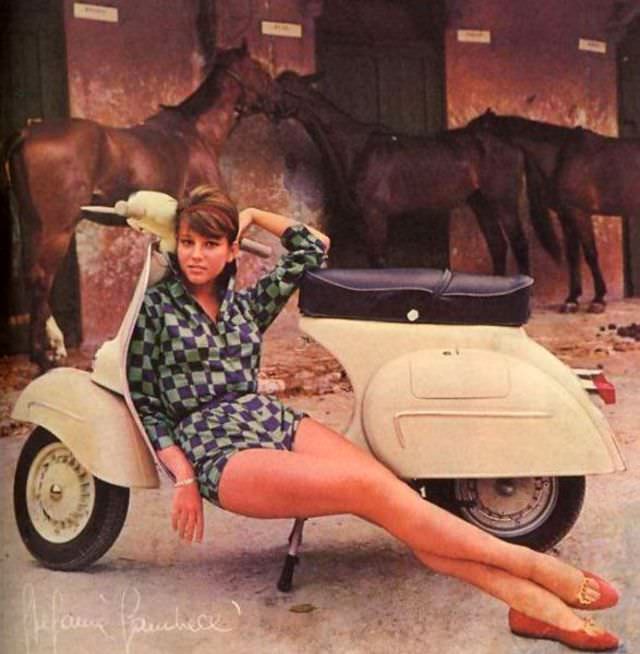

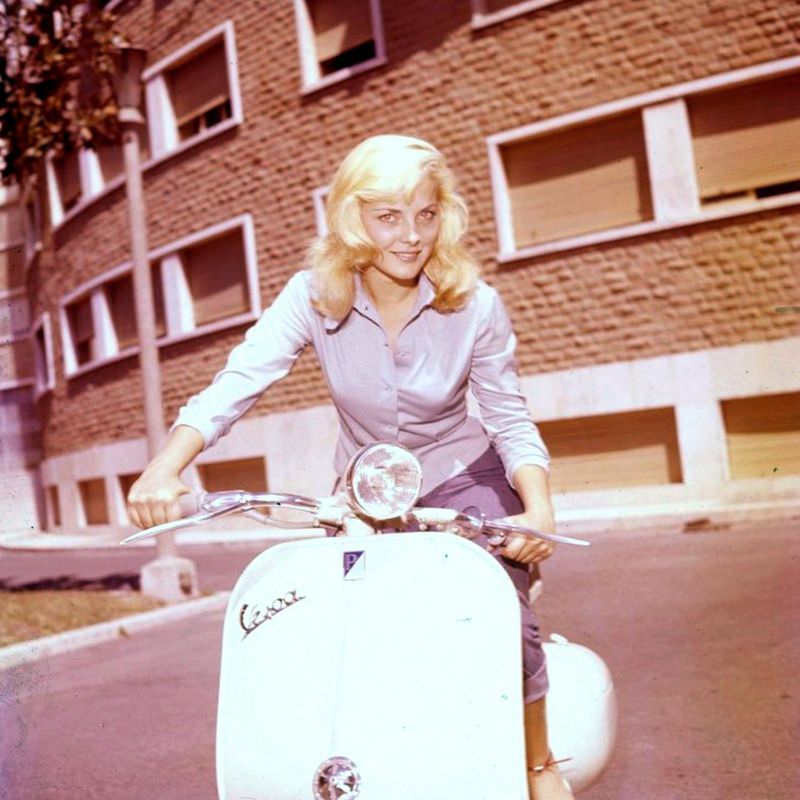
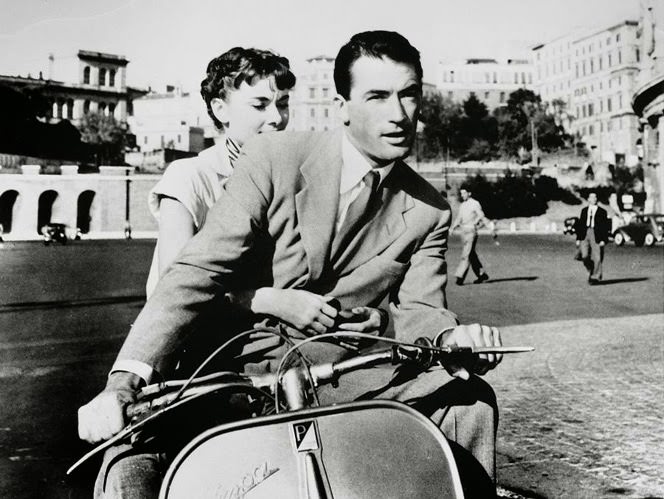
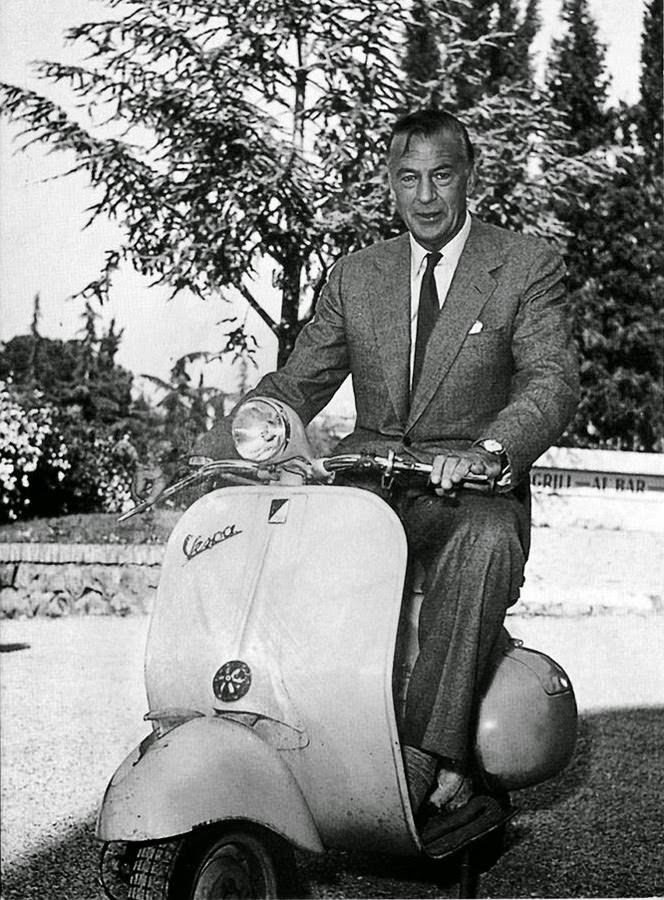
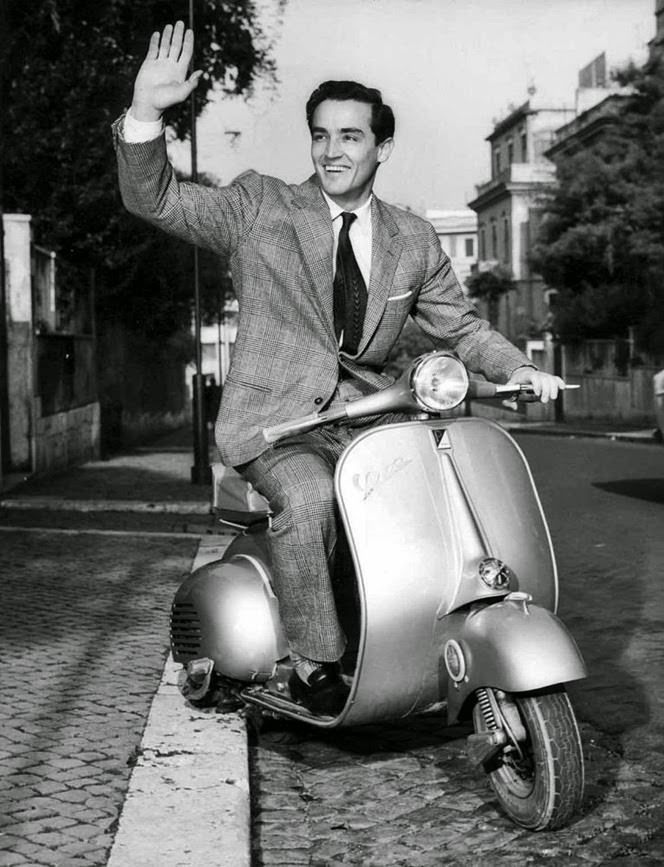
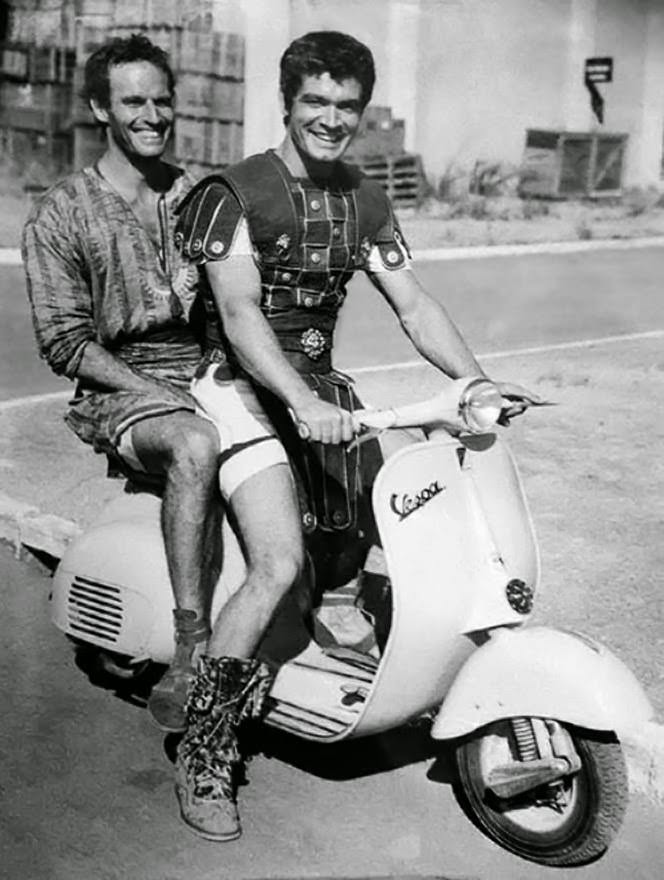
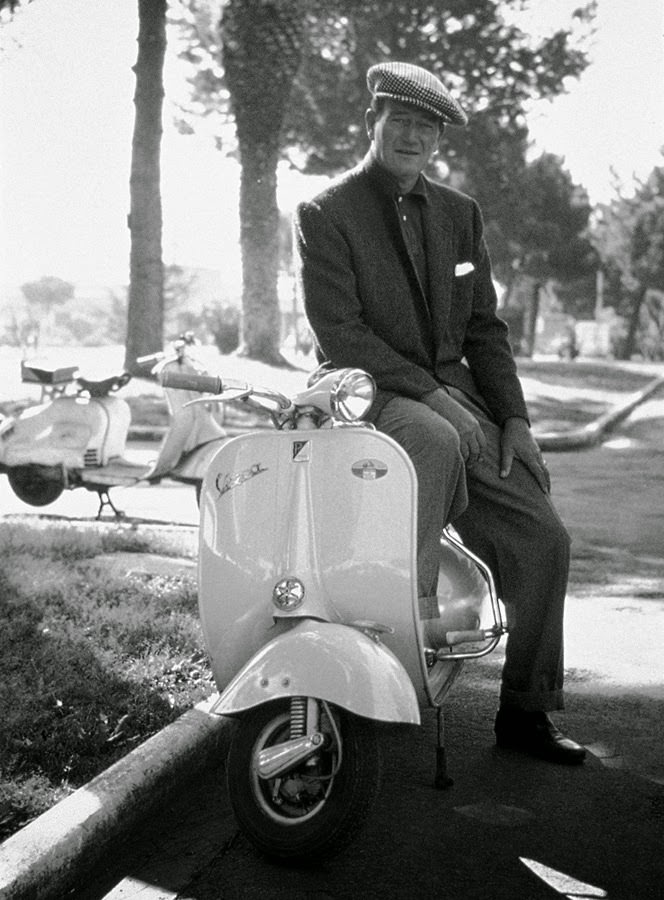
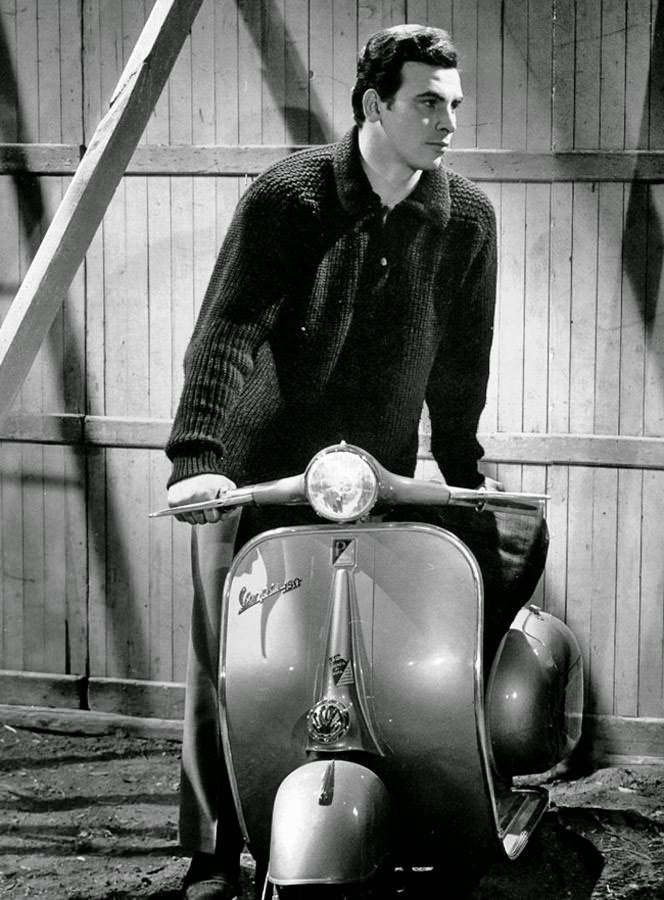
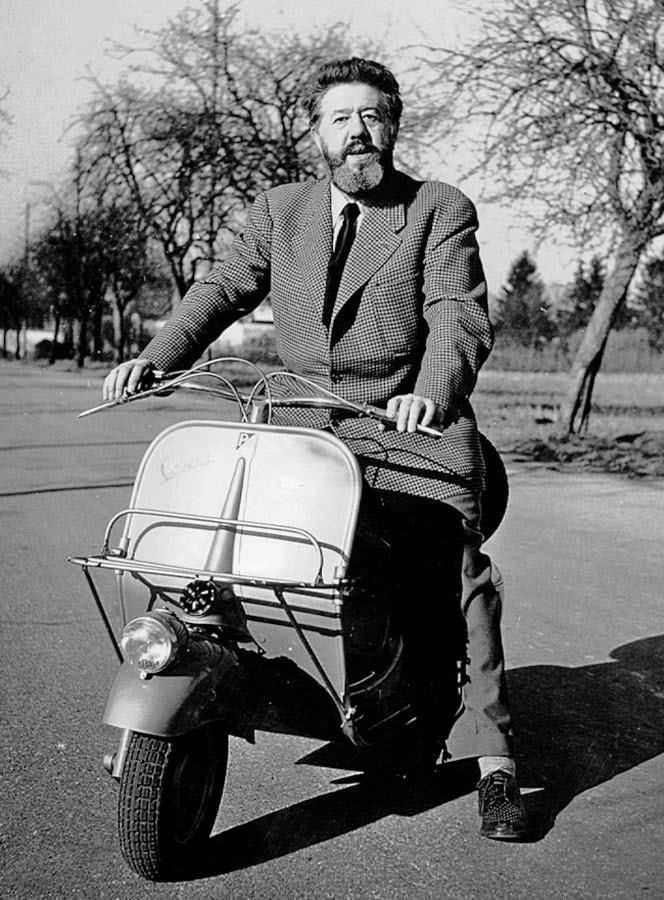
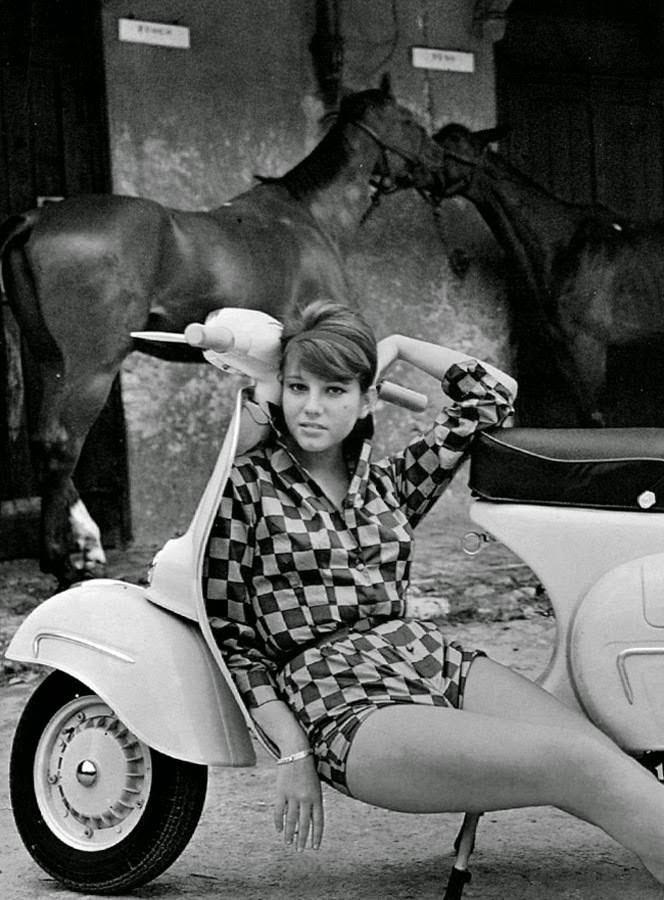
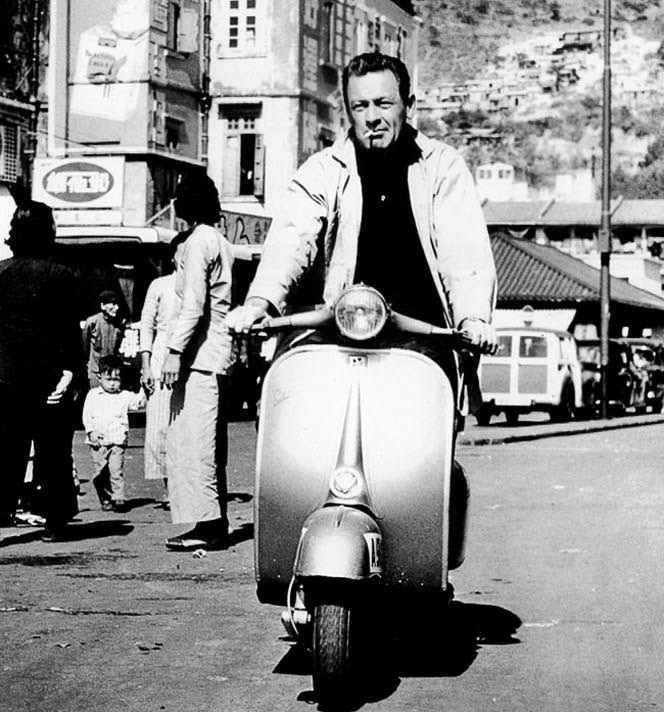
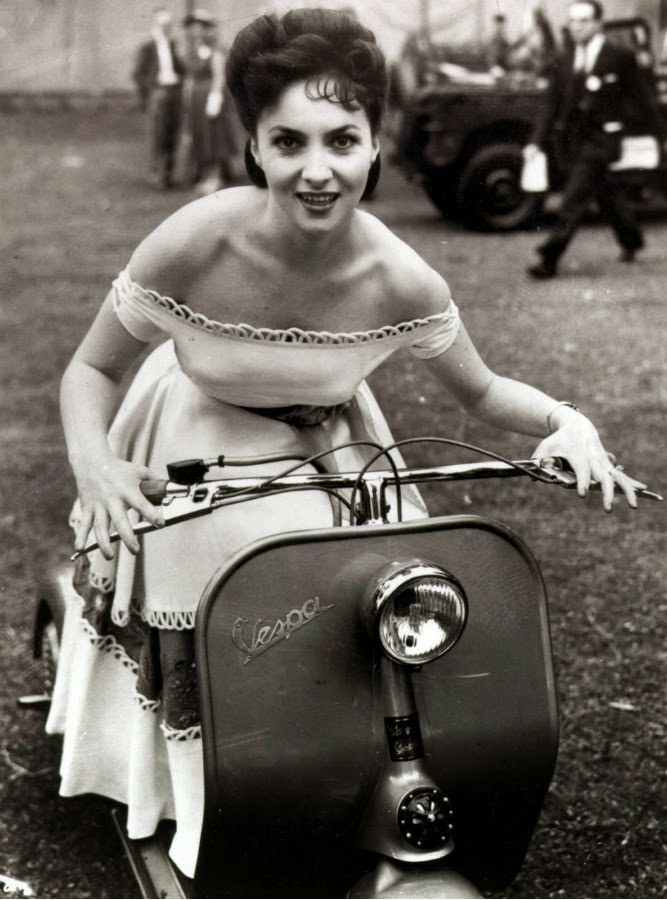
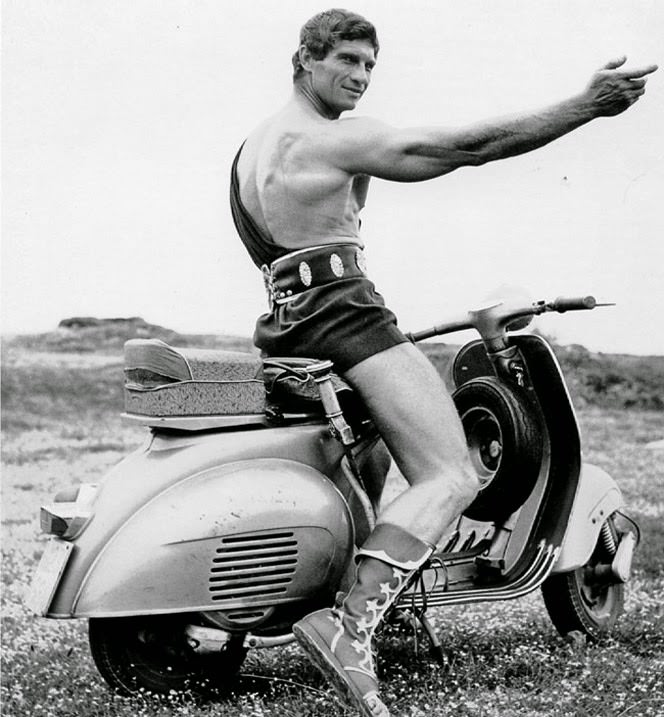
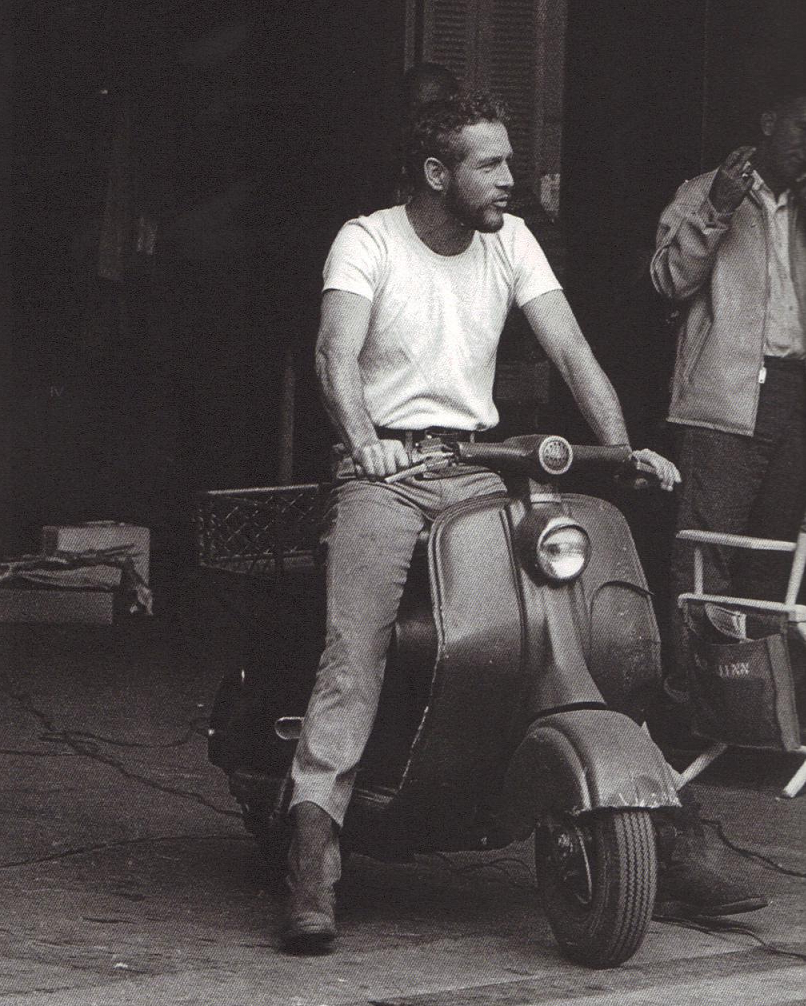
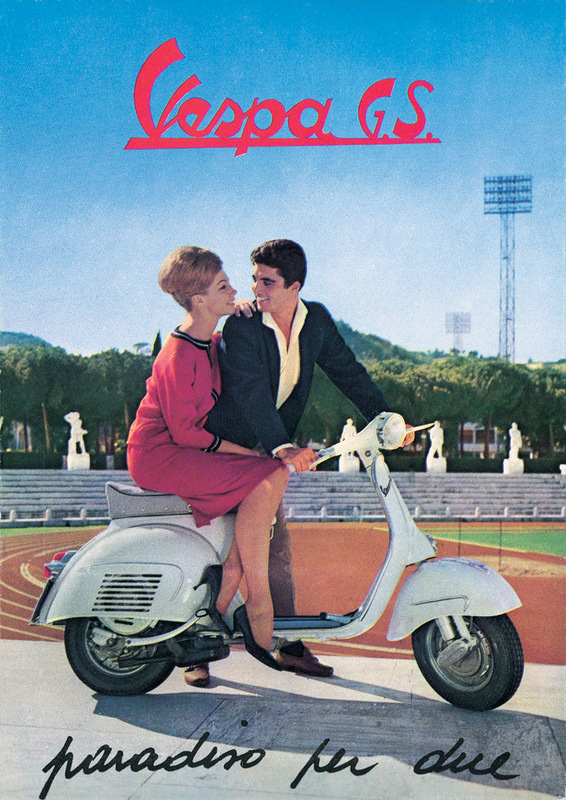
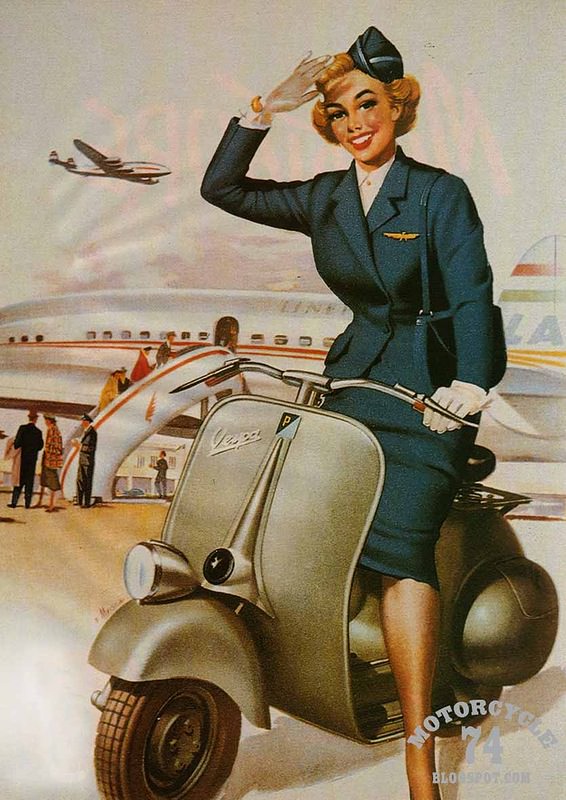
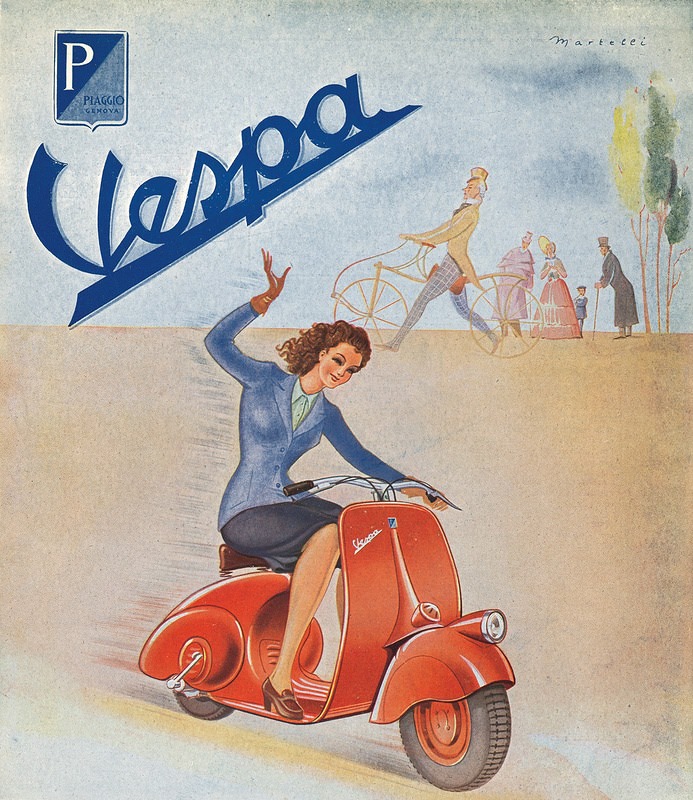
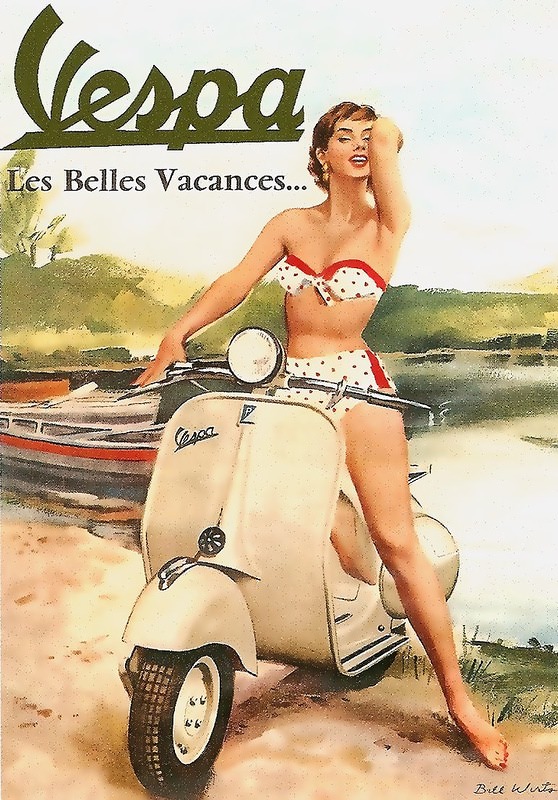
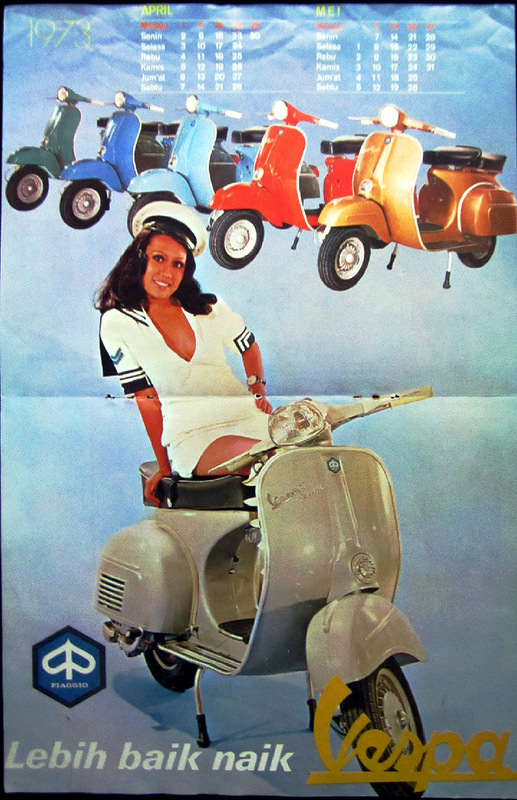
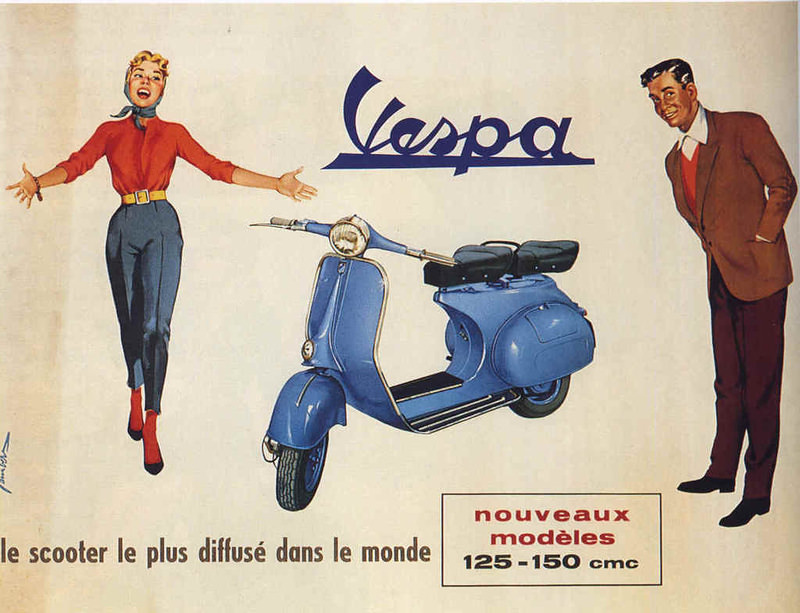
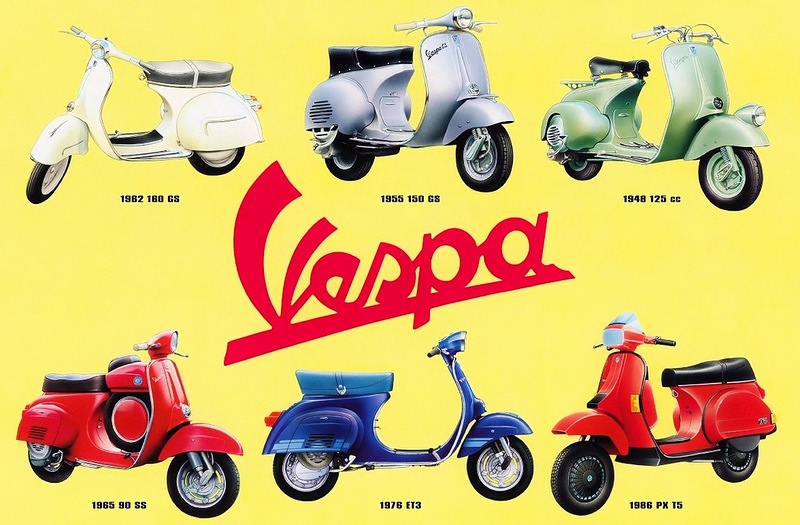
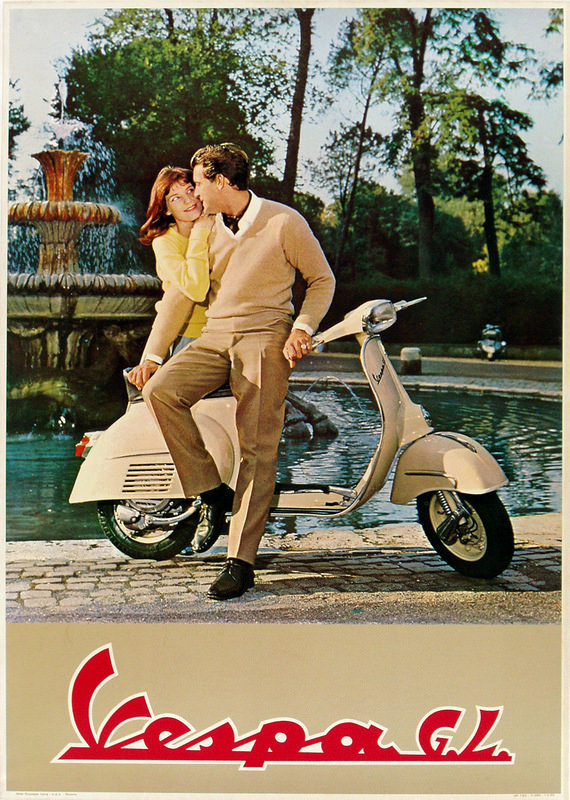
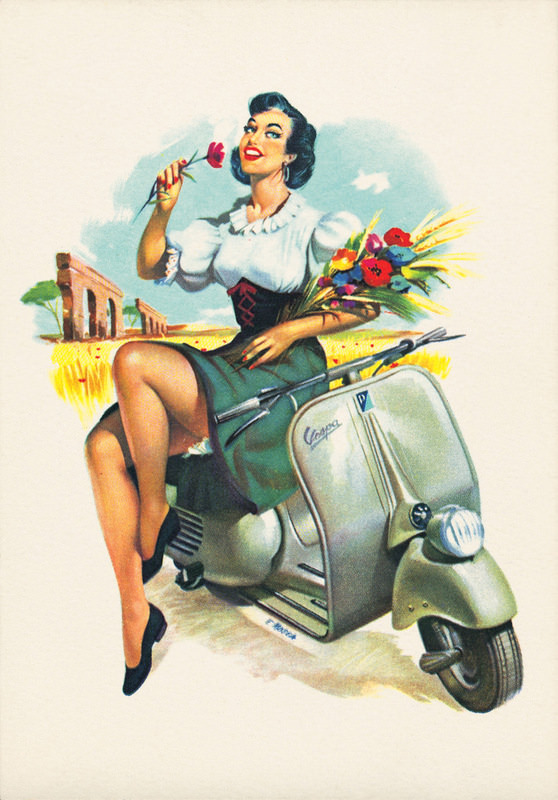
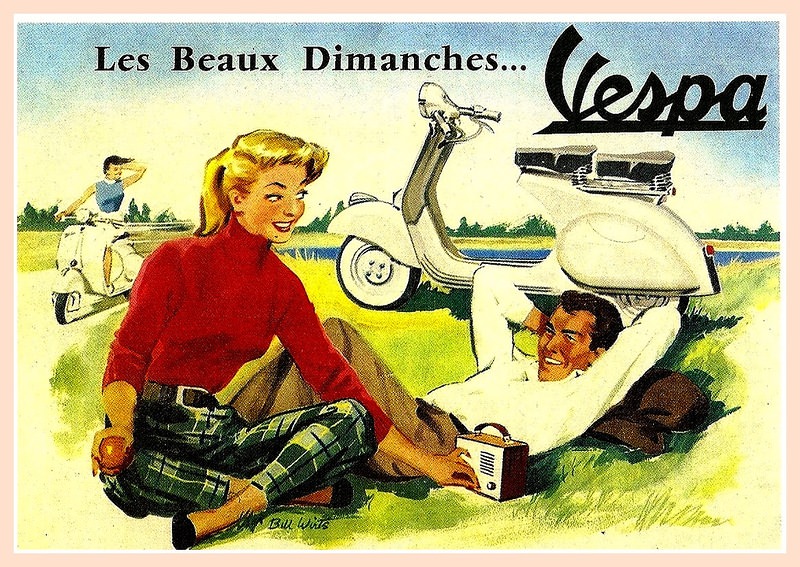
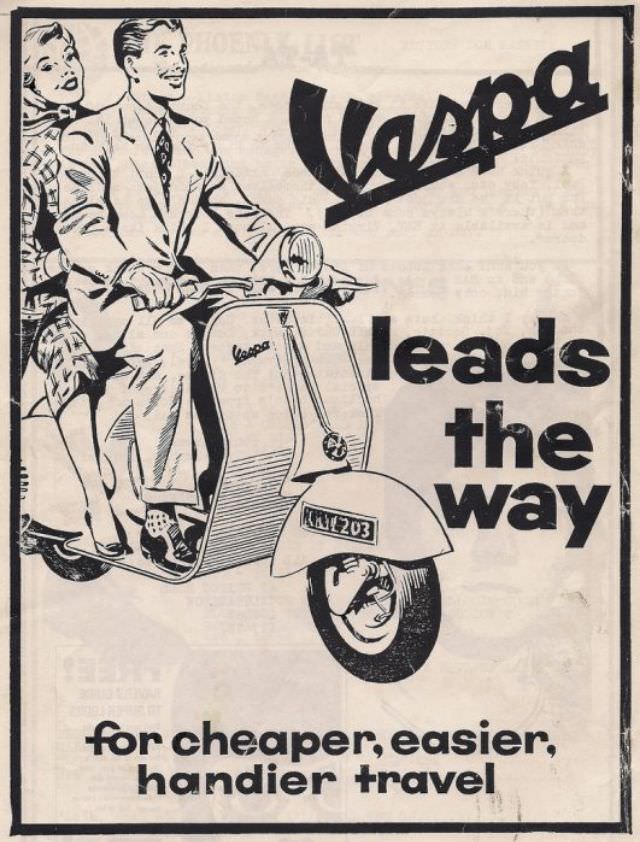
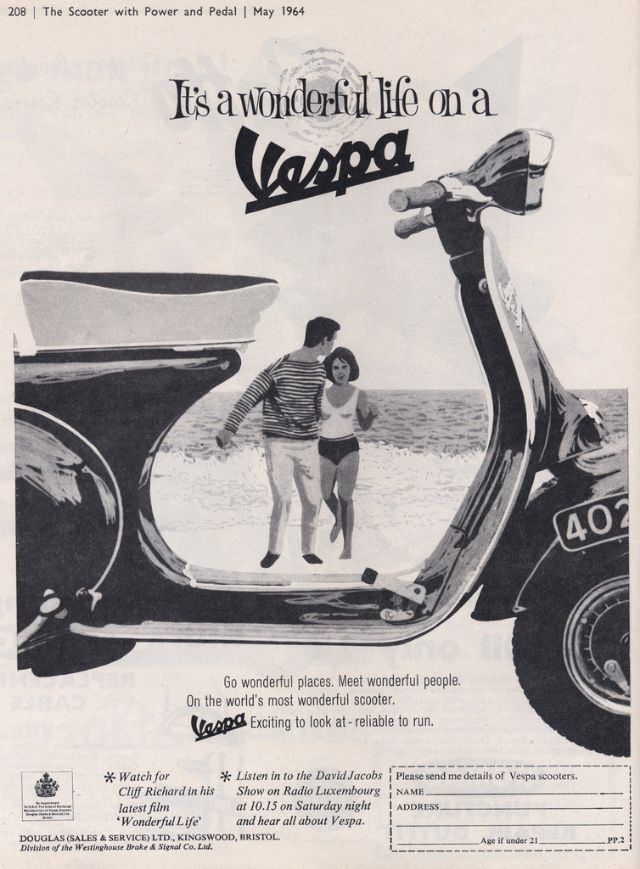
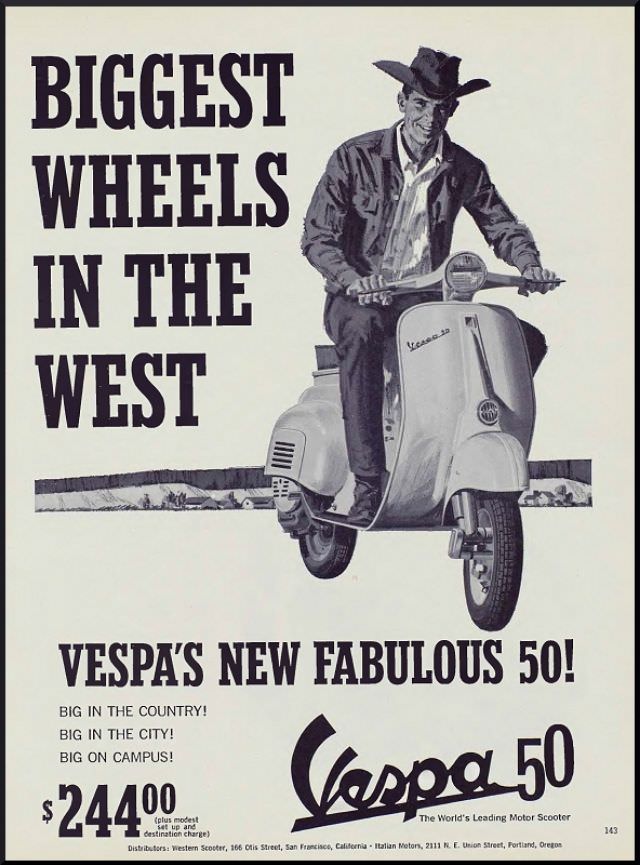
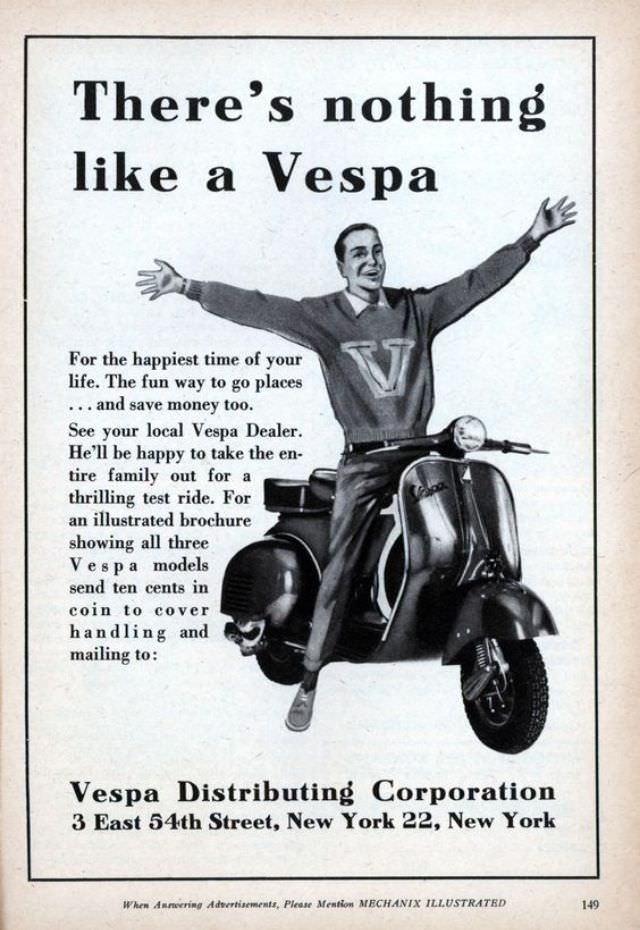
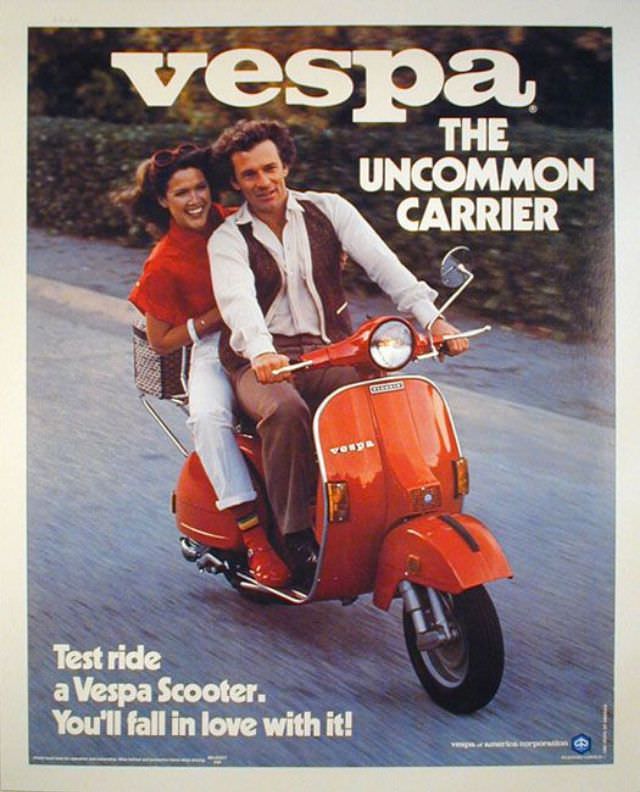

As usual – interesting images – and every single caption is completely wrong.
All of them 😓??? Some of the photos don’t even have captions.